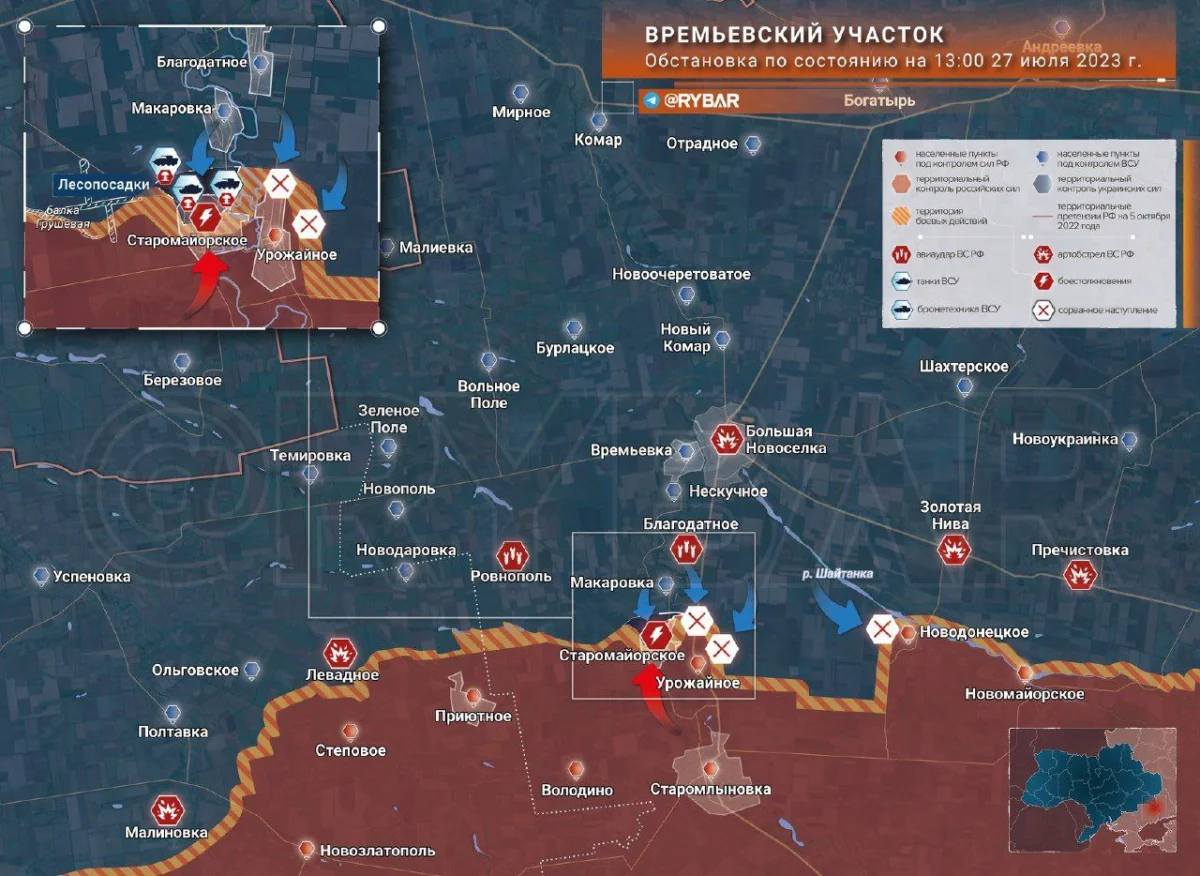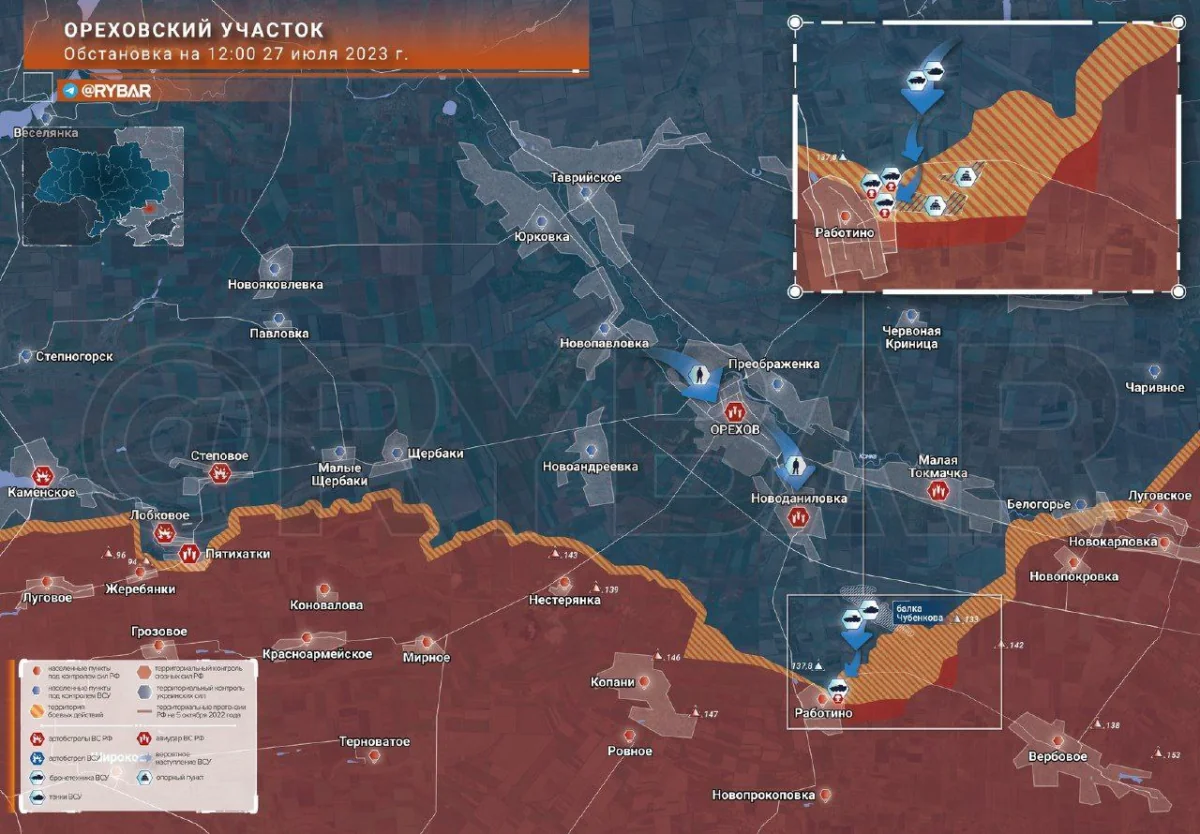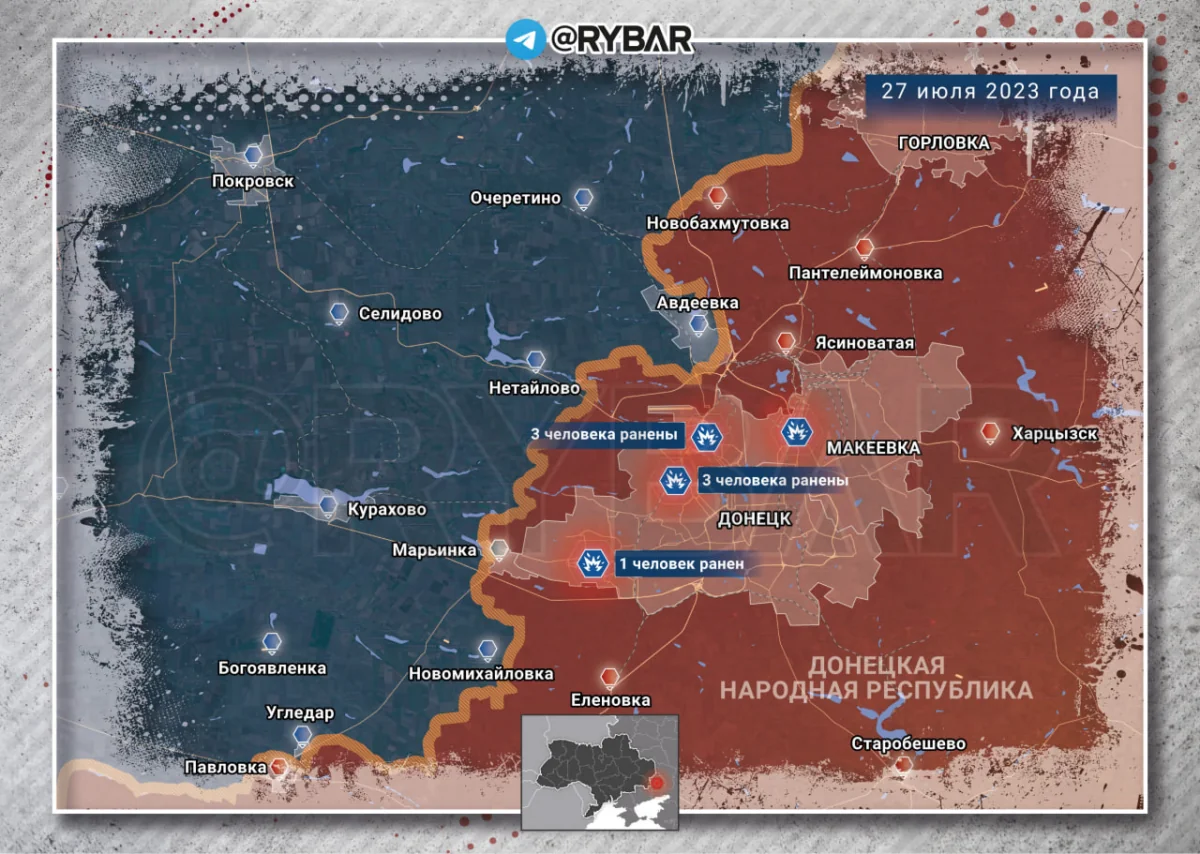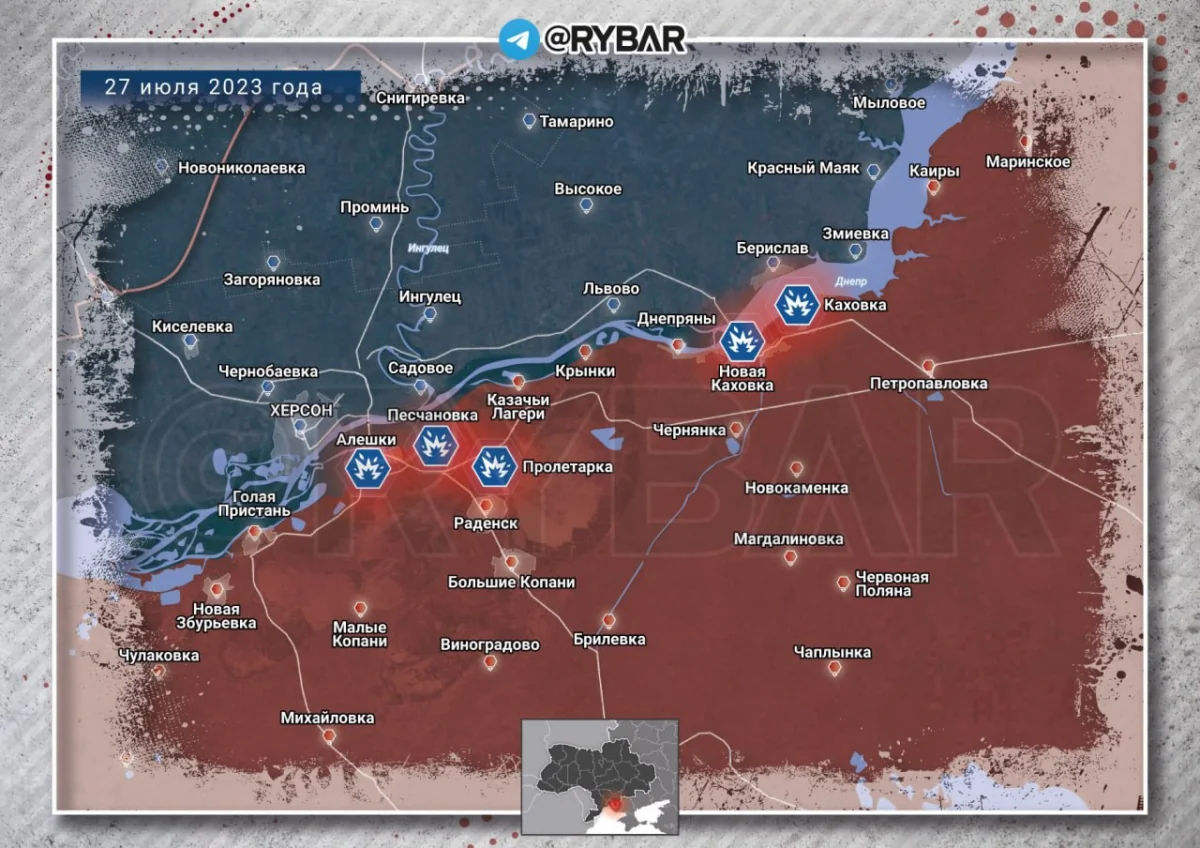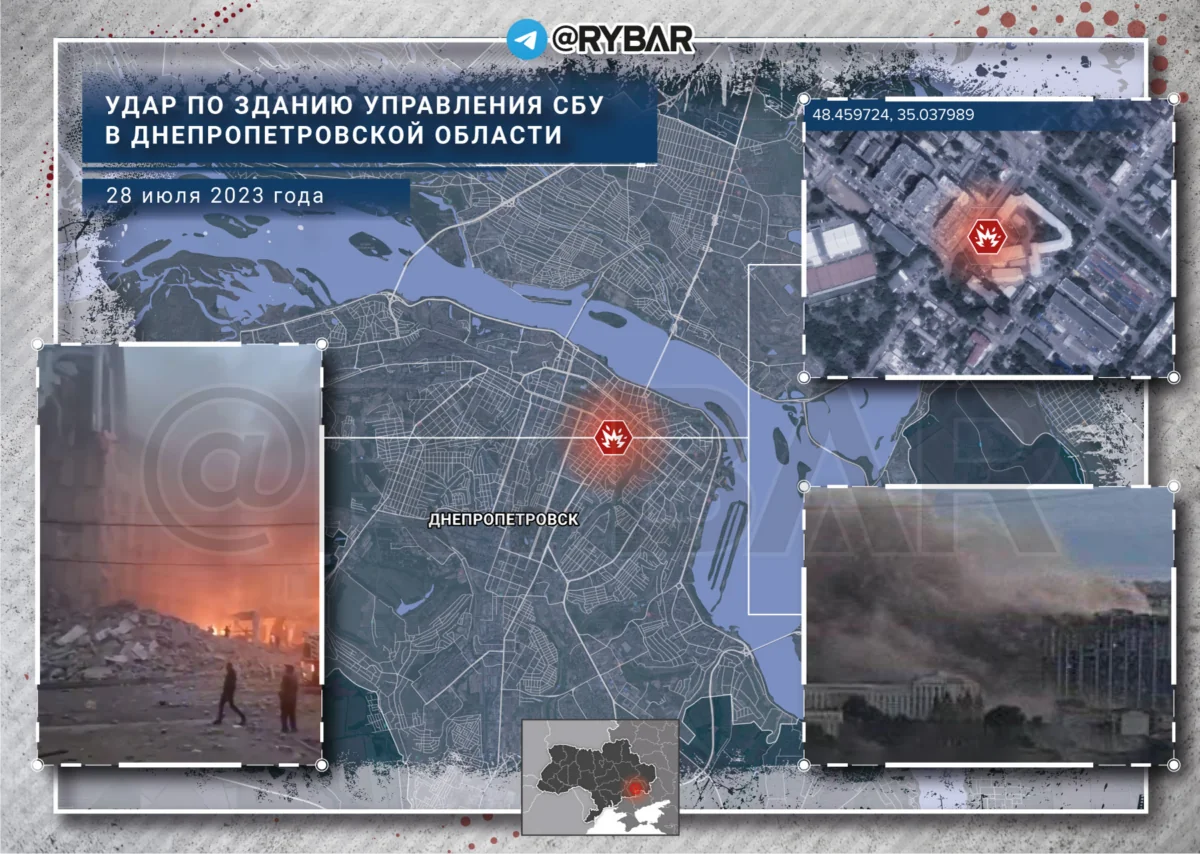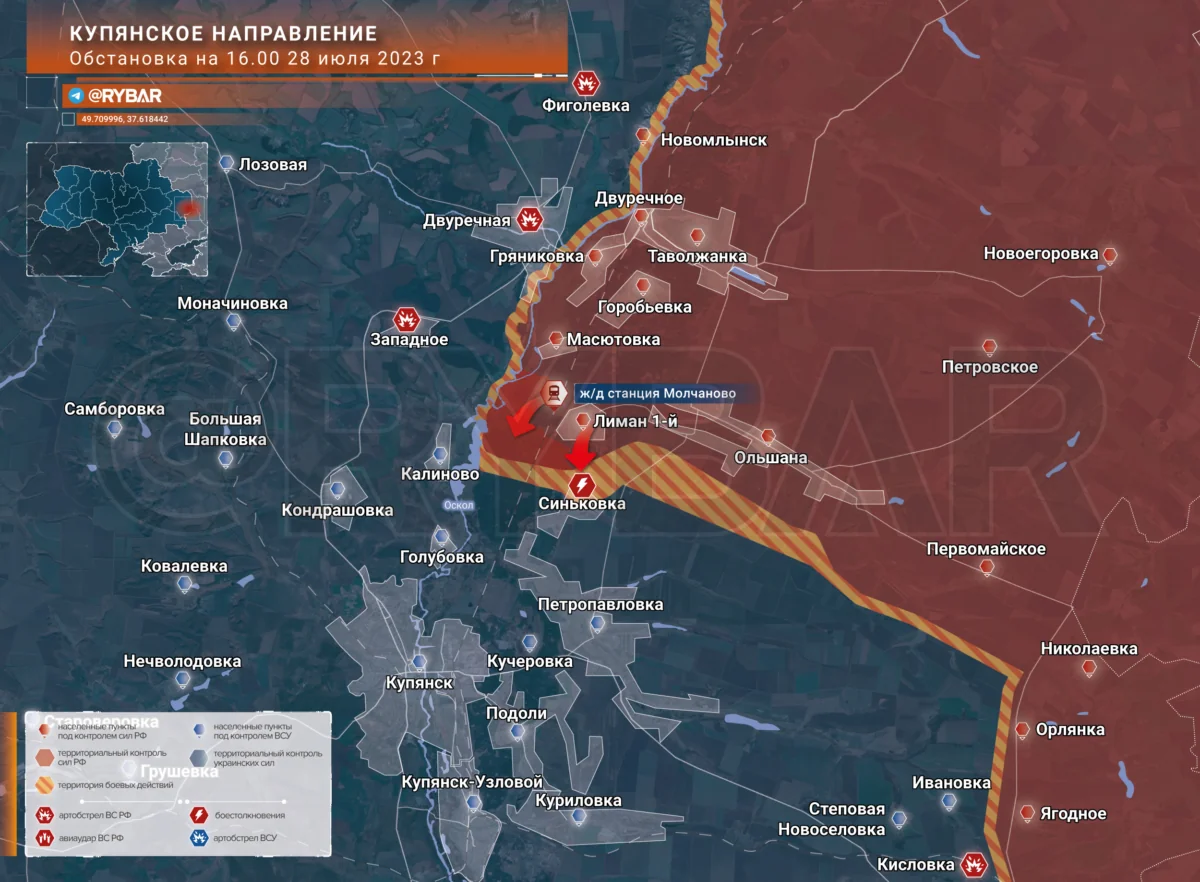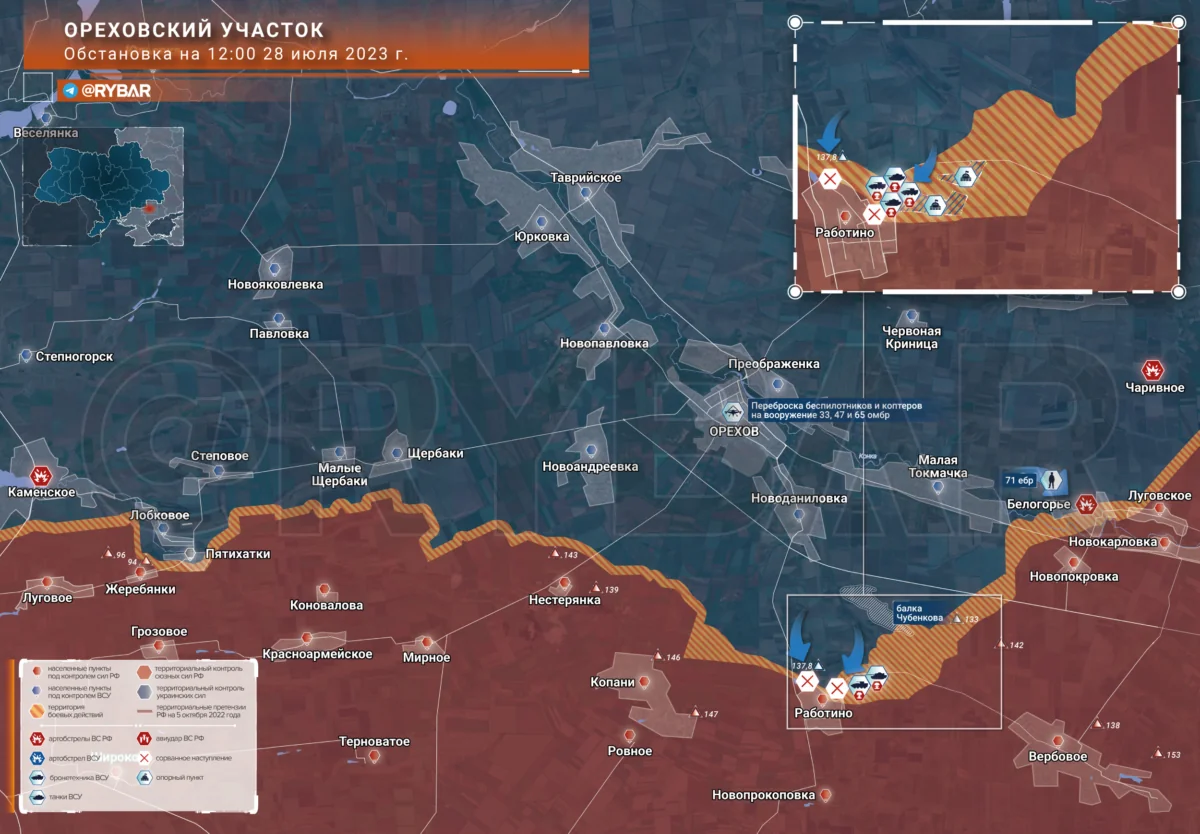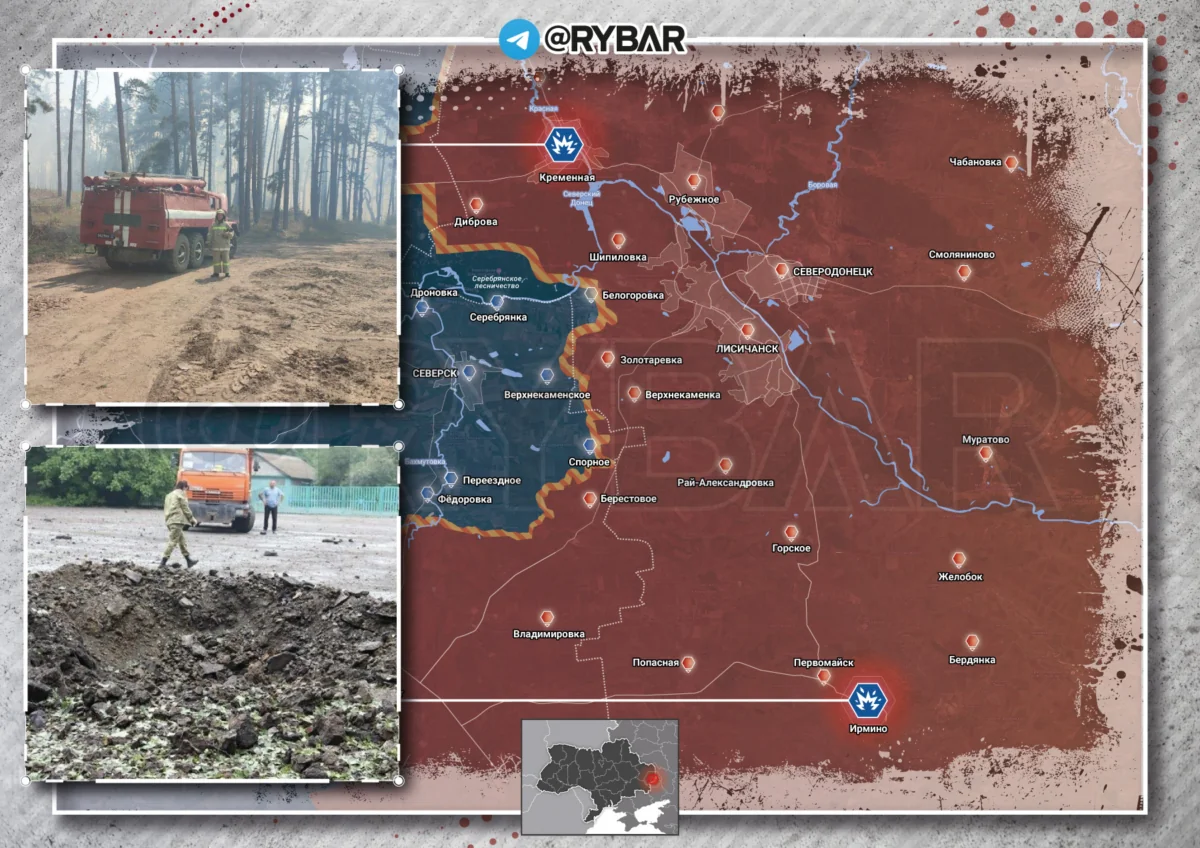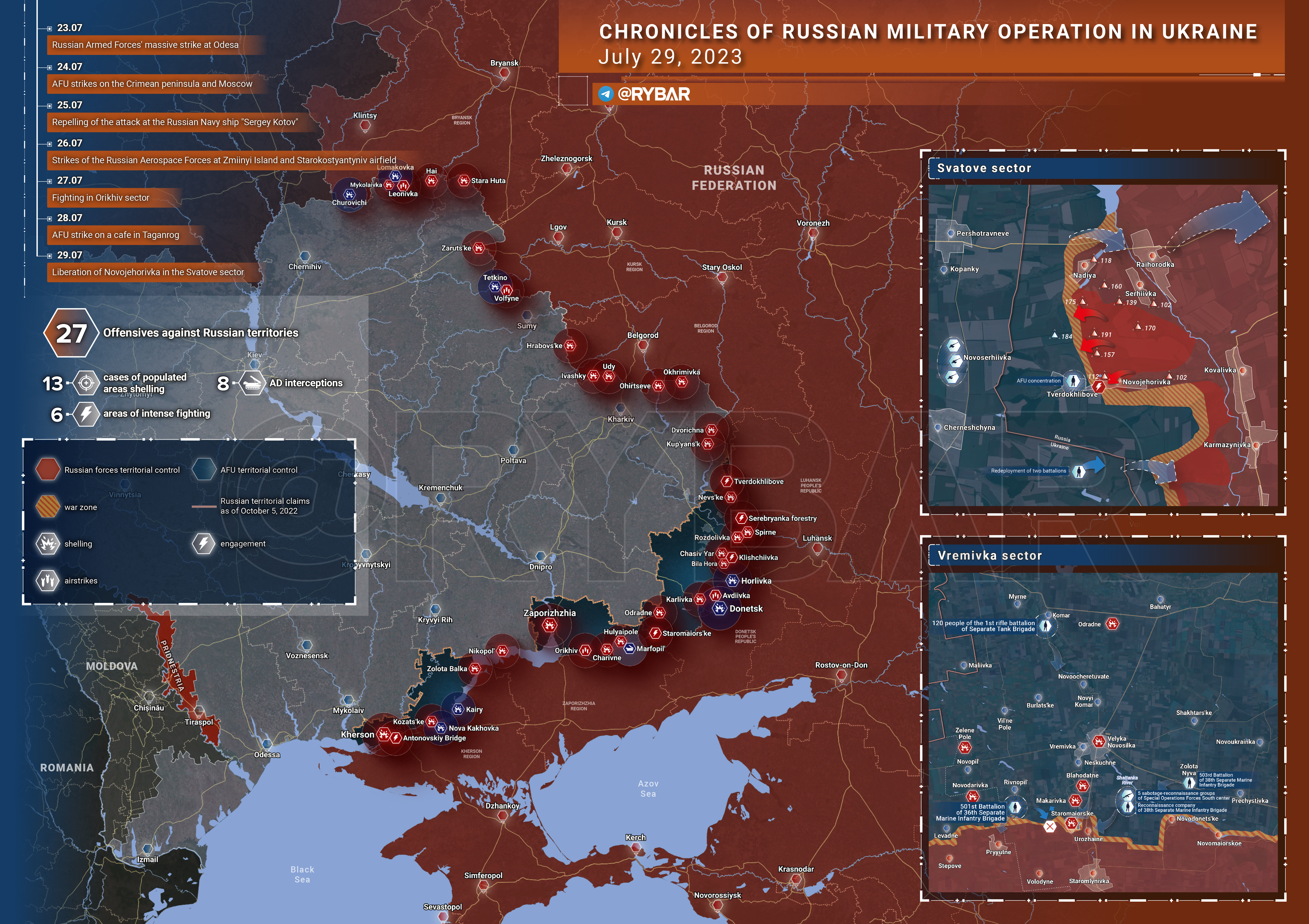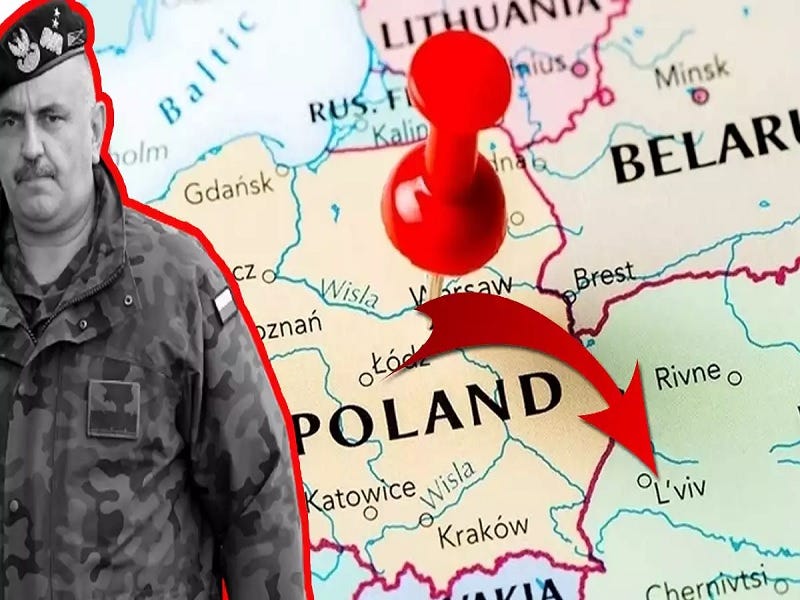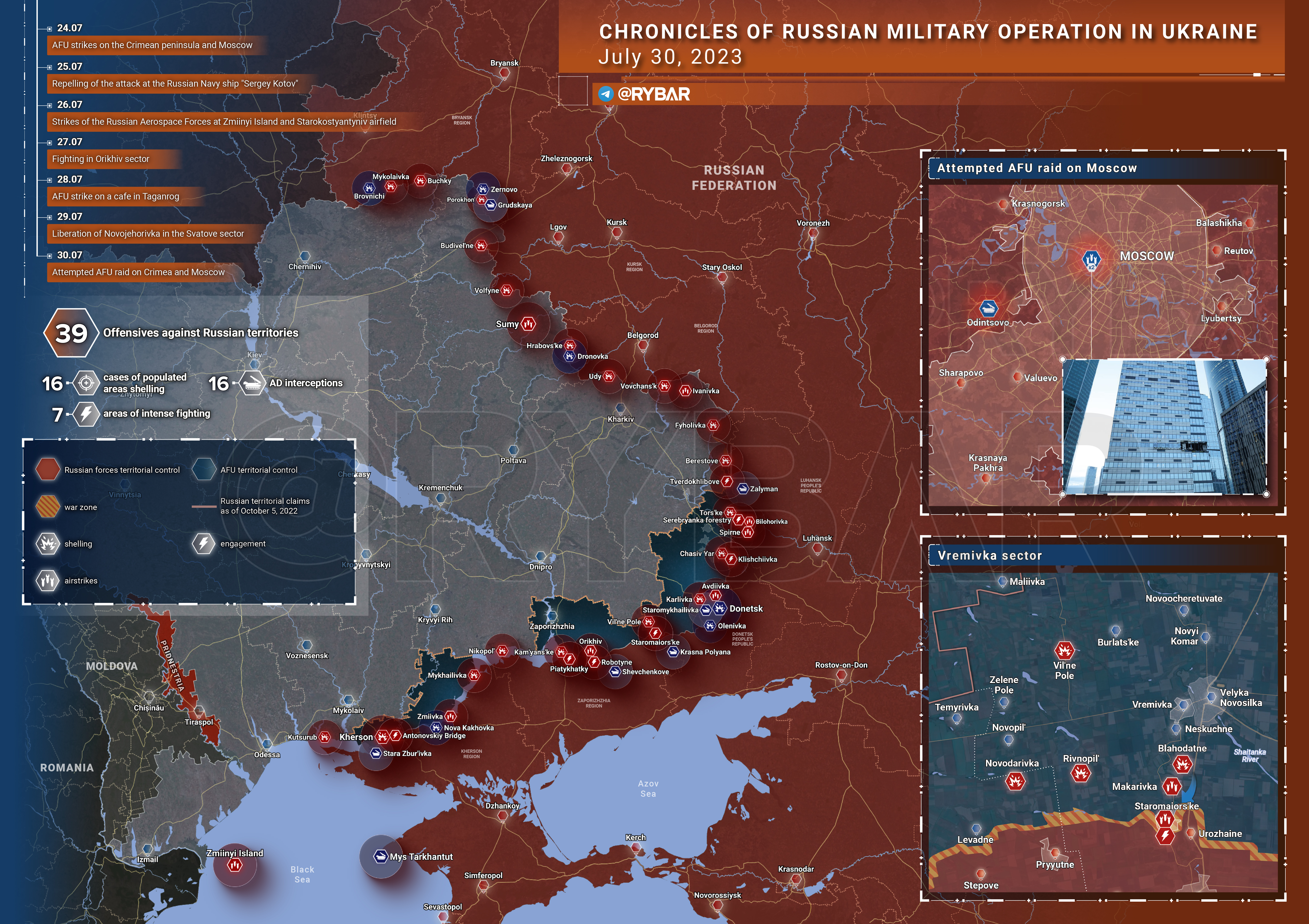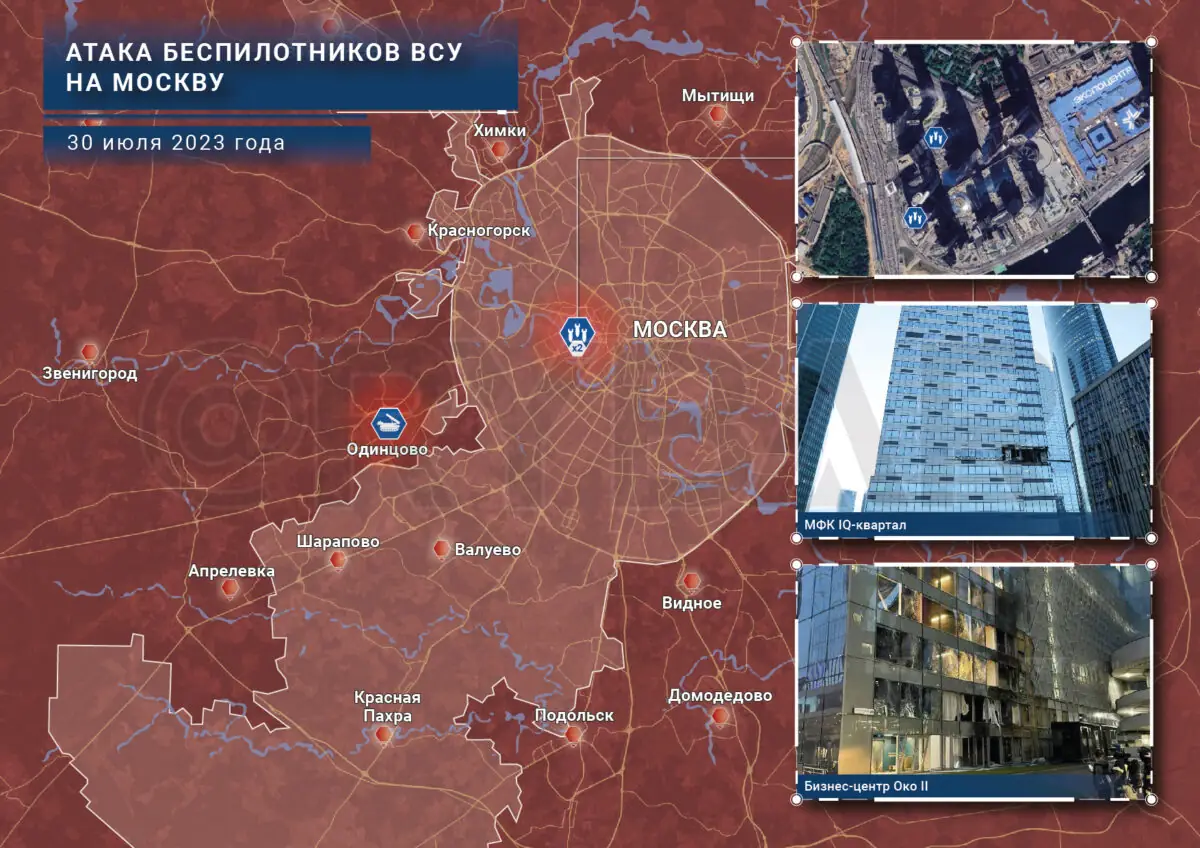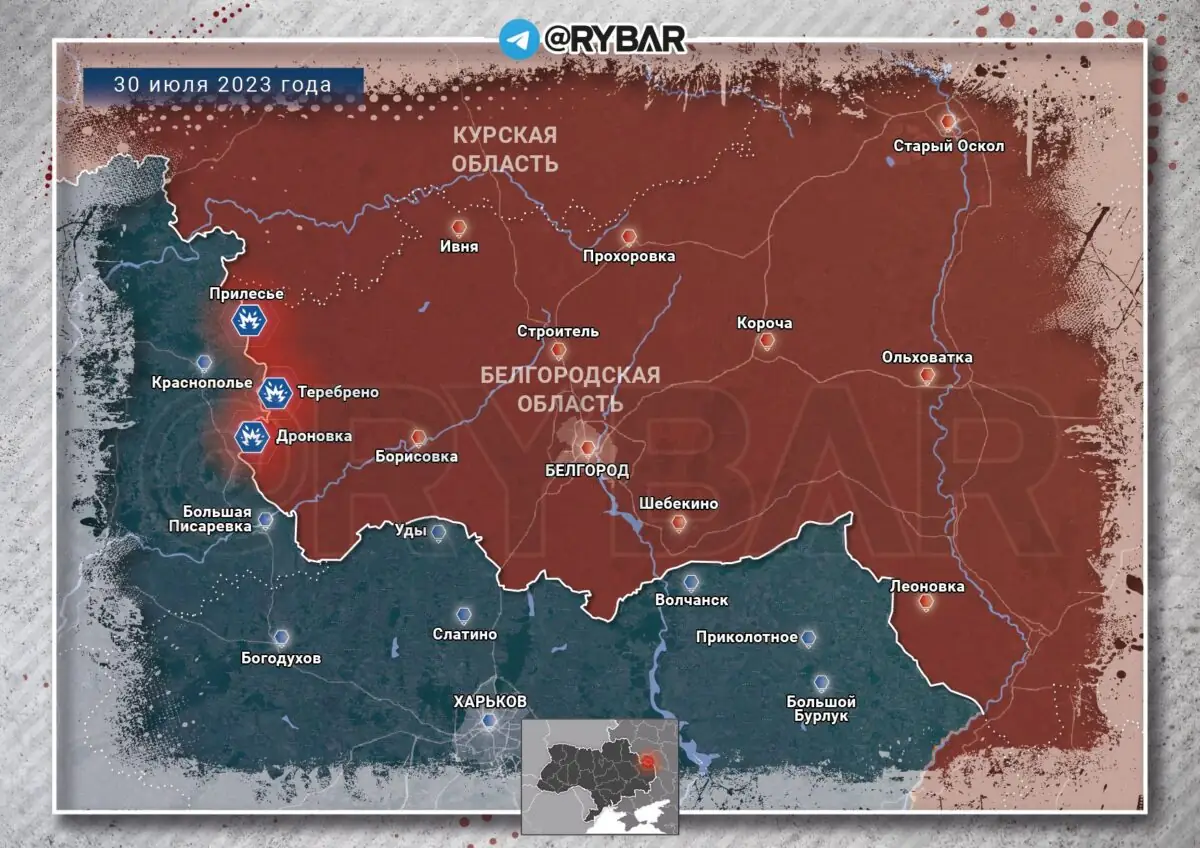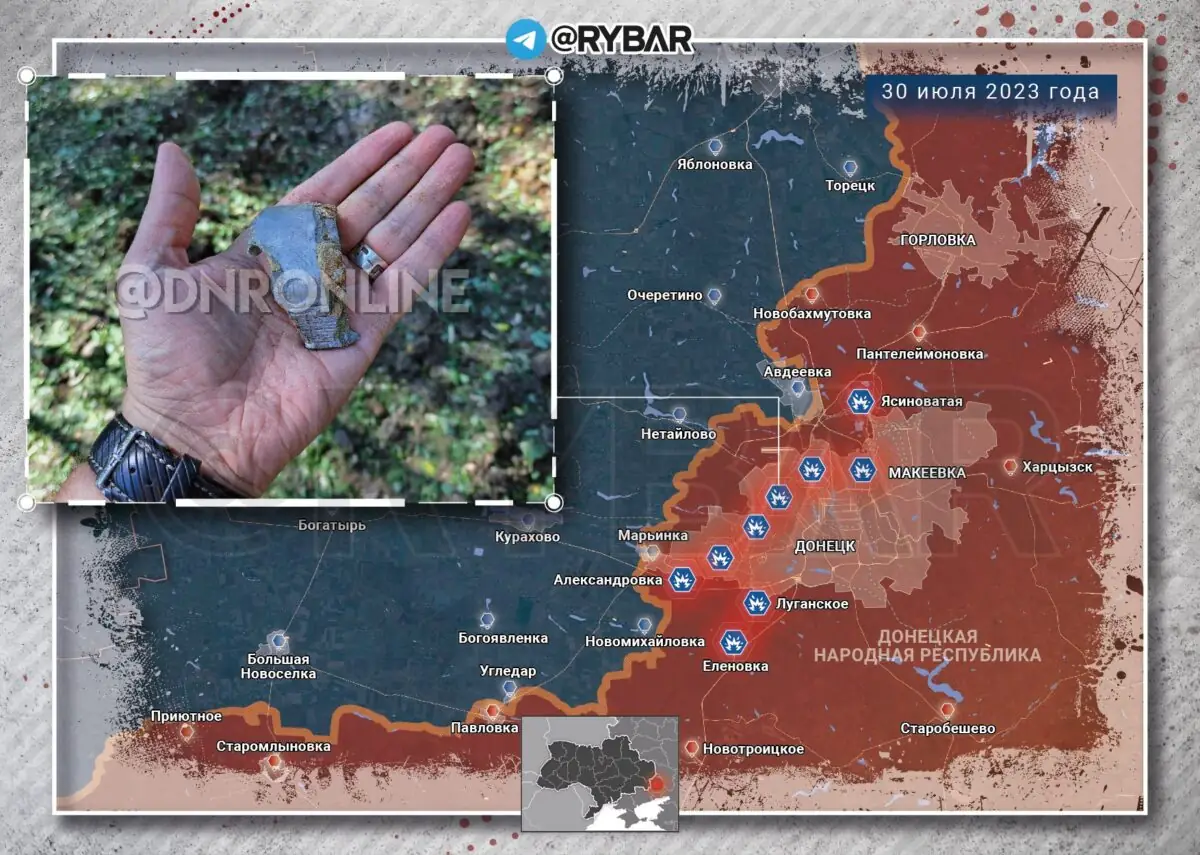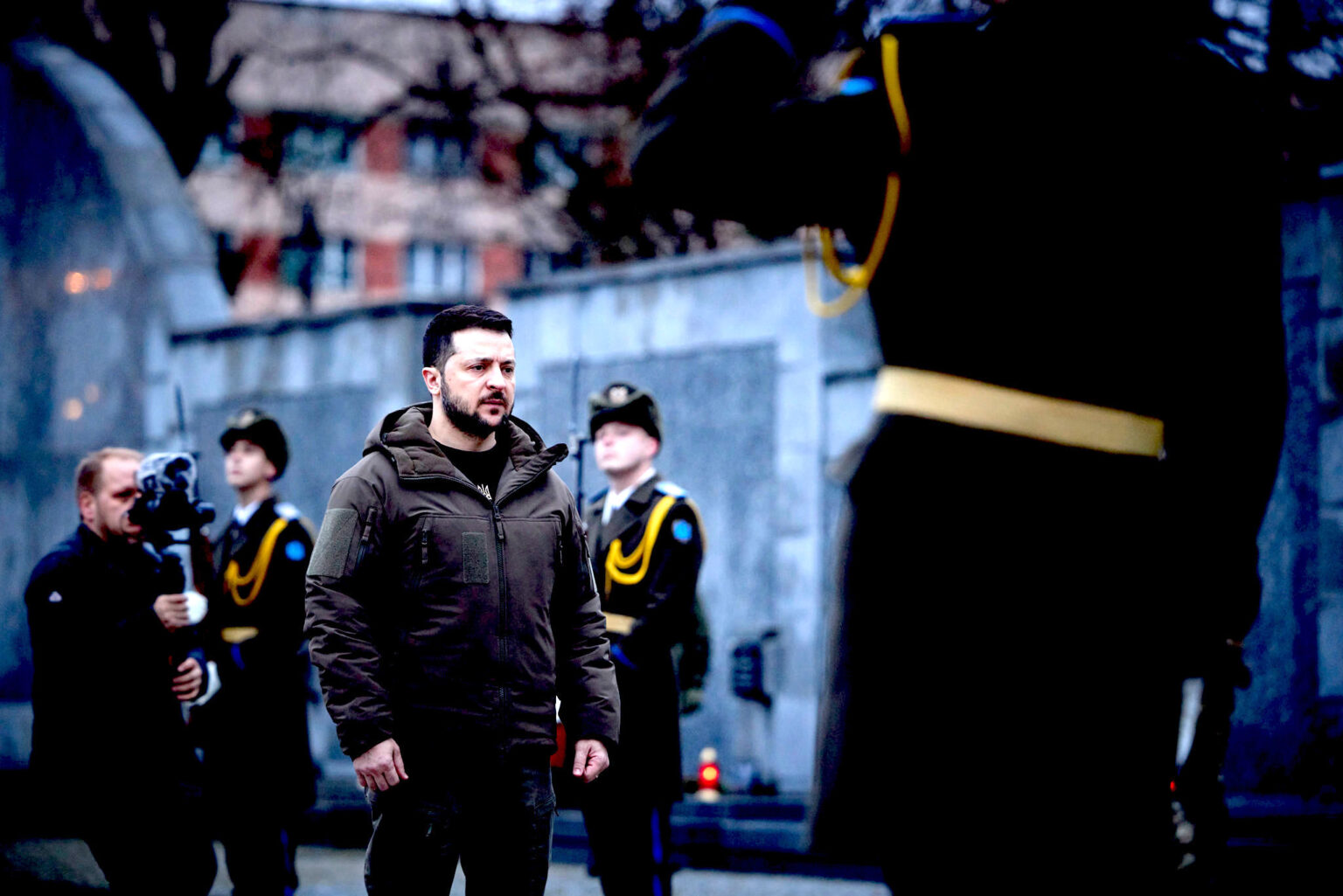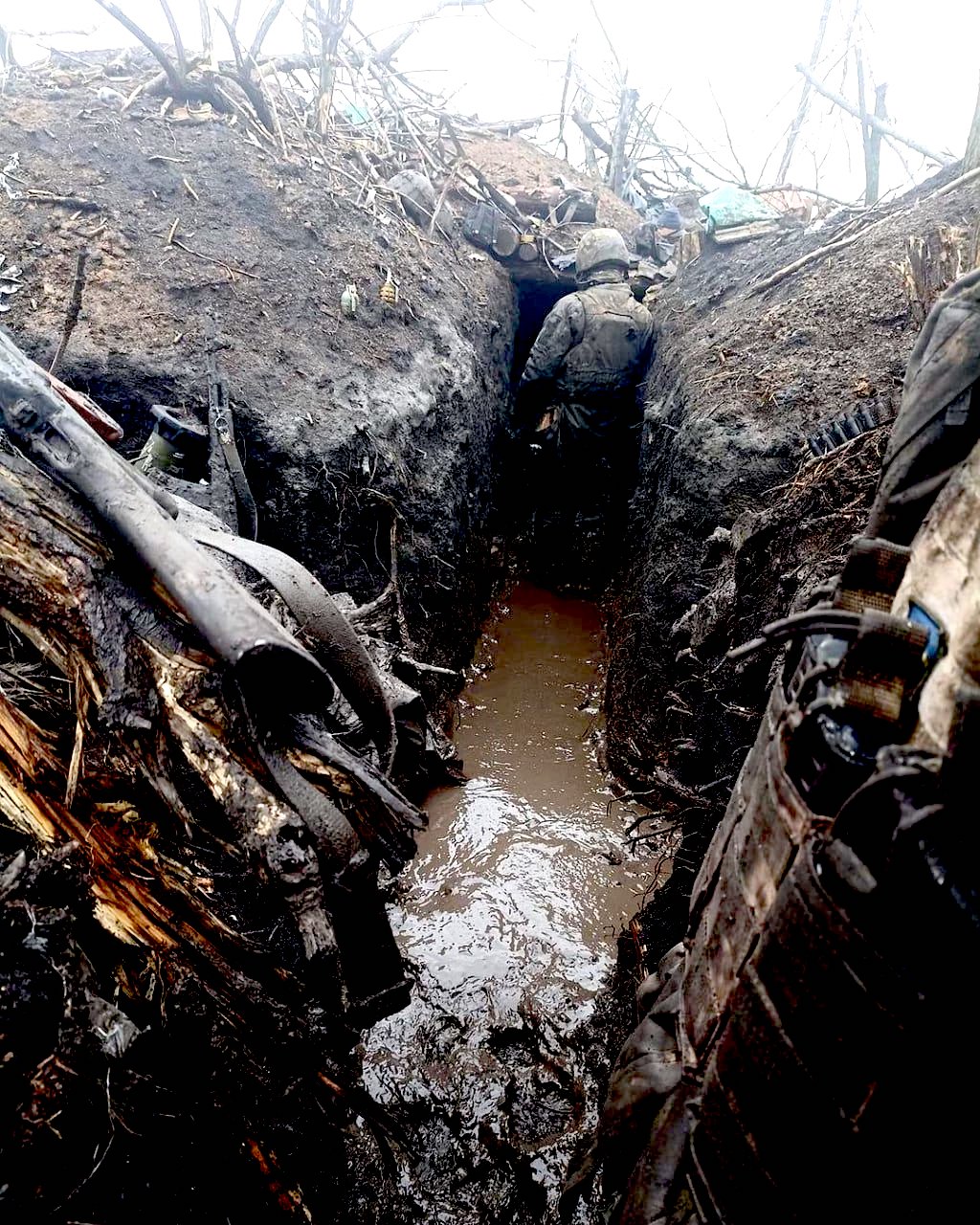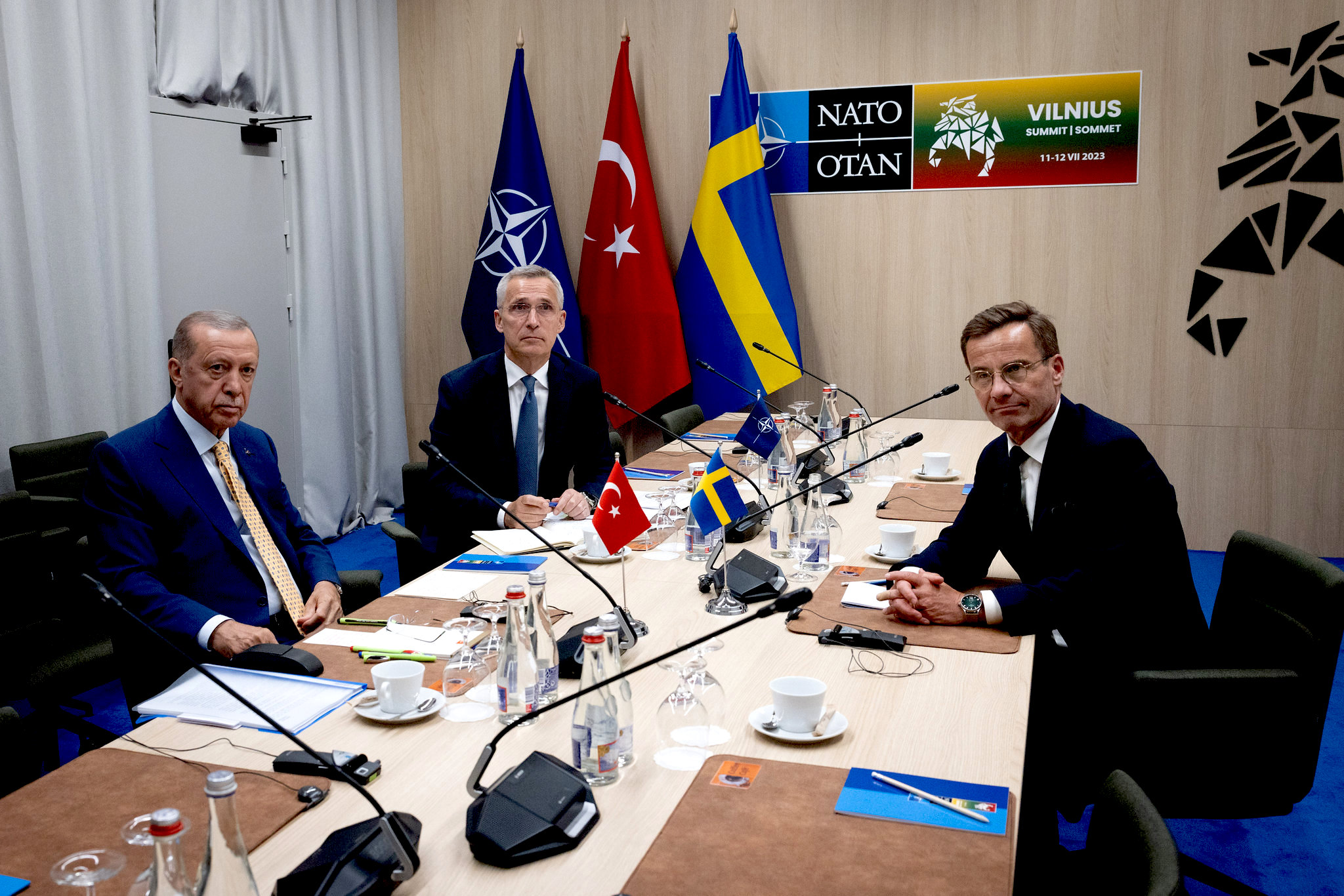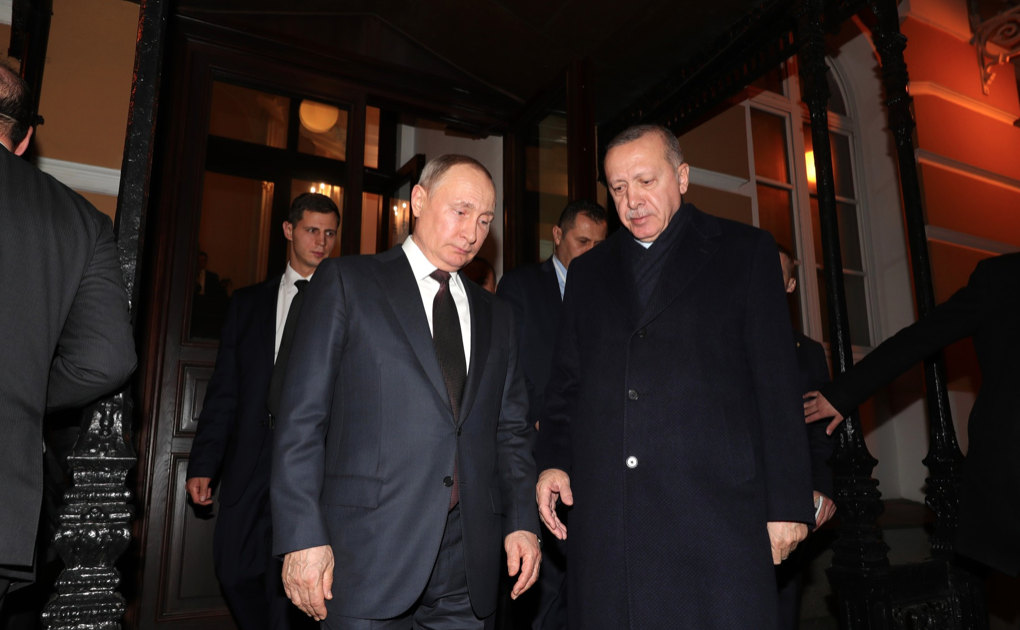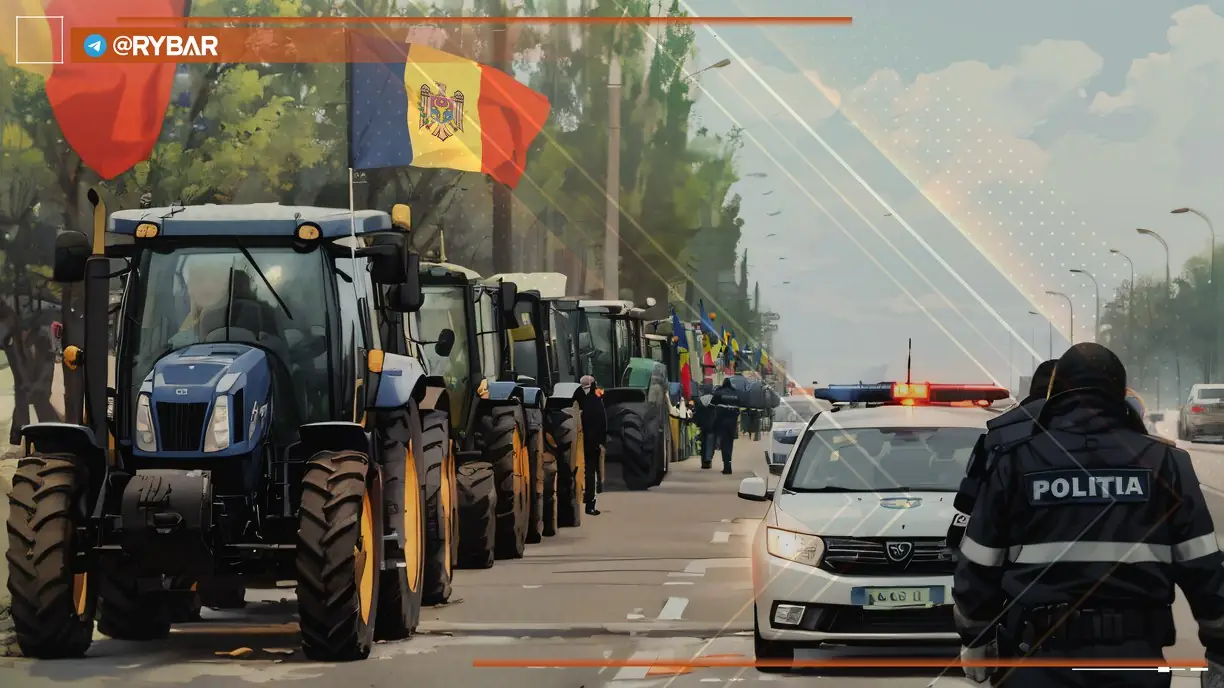POSTED BY @NSANZO ⋅ 07/25/2023

"Second Wave of the Counteroffensive!", headlined the German newspaper Bild yesterday , whose reporter The best-known pro-Ukrainian is Julian Röepke, a fanatical defender of the Azov regiment since its early years and a staunch supporter of Ukraine who, however, in recent months has received insults from his own for not bowing to Ukrainian triumphalism and sometimes falling into the sin of admitting reality. However, the medium seems to return to its usual dynamics with the hope that, this time, Ukraine will manage to break the front. The reality is that the current conditions are slightly different from those that existed a little over a month and a half ago, when Ukraine began its offensive actions on the central front, but tried to wait for a success that did not occur before admitting that the long-awaited military operation had begun. Tanks advancing through the Zaporozhye fields in the direction of the Russian trench line were not to hit Russian minefields, be pinned down by damage inflicted by Russian artillery or stalked by kamikaze Lantset drones, perhaps the biggest novelty of the last six weeks. However, the images of Leoprds and Bradleys damaged and abandoned in the steppe of the southern front during the first three days provoked a reaction that contrasted with the triumphalism that had settled in the media discourse. Even so, it has taken several weeks for the media reality to accept what the Ukrainian military authorities implicitly admitted with their rapid change of tactics: things were not going and possibly never would go according to plan.
Ukraine's most relevant success in these six weeks has not been the capture of a large city, or even a medium city, nor is the advance in Zaporozhye highlighted above all else, so minuscule that not even the Ukrainian press is capable of dressing up reality to show any epic victory. In the absence of successes on the priority front, Ukraine has had to resort to that of Donbass. Luckily for Kiev, the Russian troops were never able to drive the Ukrainian ones away from the surroundings of Artyomovsk and that is where they have made some progress, although neither were they expected nor boasted. Ukraine claimed, for example, to have captured the town of Klescheevka, which would have greatly compromised the situation of the Russian contingent in Artyomovsk.
The epic that Kiev has given the battle for Bakhmut in the last year allows that impetus to recover what was lost -although Ukraine has never officially announced the loss of Artyomovsk- makes it possible for this sector of the front to serve as a distraction from what is happening in the main one, where casualties and losses accumulate. Last weekend has been especially prolific in the appearance of images showing attacks by Russian drones against Ukrainian armored vehicles, not all of them recent, but enough to verify the qualitative change that the work carried out by Russia in the field of drones has brought about in the last year. It's not just artillery and minefields that are weighing down the Ukrainian offensive effort,
"Every 100 meters cost four or five men," headlined The Kyiv Post last weekend in a report that even went so far as to talk about the low morale of the troops. The argument is surprising, not only because it reflects an obvious reality, though often hidden by propaganda, but because the idea that it is Russian troops who suffer from perpetually low morale has become almost dogma in the Ukrainian and Western narrative. The harshness of the war necessarily affects both sides and the difficulties that Ukraine is encountering on the front, apparently unexpected although they never should have been, have to take their toll not only on the armor of the tanks but especially on the people.
The situation has also affected the media discourse. It is possible to argue that the Ukrainian offensive cannot yet be considered a failure, especially in the absence of verifying whether, as Blinken wishes, the introduction of the brigades created and trained specifically for the current offensive will somehow change the course of events. kyiv still has a good strategic reserve, huge amounts of weapons and an obligation to its partners to continue attacking Russia on the southern front. Over the past few months, Ukraine has repeatedly denied reports that the United States was pushing for a quick start to the spring offensive, a discourse Zelensky has now adhered to to justify himself to his domestic and foreign audiences for the lack of strategic results.
"When Ukraine launched its major counteroffensive this spring, Western military officials knew that Kiev did not have all the training and weapons - from ammunition to fighter aircraft - it needed to drive out Russian troops," says the first paragraph of a commented article published by The Wall Street Journal .. Actually, there is no great news in that idea. In the months when triumphalism caused the press to take seriously Budanov's claim that his troops would reach the Crimea before the end of spring, contradictory arguments were regularly published by anonymous Pentagon officials. Convinced that Ukraine would not be able to drive Russia out of Crimea in the short to medium term, these officers openly denied the main point of the Western narrative in this war: the superiority of Ukrainian troops over Russian ones, which, coupled with the introduction of large amounts of Western weaponry, with which Russian weaponry could not compete, would make Ukrainian victory inevitable.
But while sources familiar with military circumstances called for prudence, and even sanity, for the need to keep the possibility of negotiation open, Western experts and think-tankers , many of them comfortably ensconced in their ideological trenches, announced great successes that made it almost inevitable that the Ukrainian offensive would disappoint. “THE COUNTEROFFENSIVE”, headlined The Atlanticon May 1 in an article in which Anne Applebaum and Jeffrey Goldberg, two usual suspects of US war laundering, claimed that “the future of the democratic world will be marked by whether Ukrainian troops can break the stalemate with Russia and drive the country – maybe even Crimea – back forever.”
Beyond the political implications, there were those who wanted to describe the consequences of the success of the future Ukrainian offensive. “We are about to see what a decentralized, horizontal, innovative high-tech force can do. Ukraine may have less funds, personnel and equipment than Russia. But those tactical and adaptive strengths provide what money can't buy and training can't teach. Get ready for some surprises,” Jessica Berlin, a staunch defender of Ukraine and one of the leading experts in the pro-Ukrainian sector, wrote in early May. Her speech especially reflects what The Wall Street Journal article clarifies. After mentioning some Ukrainian shortcomings that were evident to anyone with even the slightest knowledge of the state of the war, the outlet goes on to state that “however, they hoped that Ukrainian courage and ingenuity would ensure success. They have not done it". Even the Ukrainian military, generally reticent to criticize its partners, who make it possible for Ukraine to continue fighting, have already understood that the country is being used as a proxy army whose survival is secondary and the death of thousands of soldiers is nothing more than collateral damage in this relatively low-cost war (except for Ukraine) .. The dynamics of events and the commitment to war to the end in search of the recovery of the 1991 borders have made this military and political submission inevitable in which, in reality, all of them share the objectives and little respect for the lives of their troops and the civilian population. This is the only way to understand, for example, that Ukraine continues to fight for Arytomovsk.
With no progress on the front, but in need of victories, Zelensky resorts to the usual tactics. On the one hand, Ukraine boasts of the successes of the rearguard coups and the GUR even goes so far as to claim, albeit anonymously, the latest drone attack in Moscow, which has caused only minor material damage. On the other hand, the Zelensky government has recovered the victimhood of the first phases of the war to, temporarily putting aside the triumphant reports of a 100% downing of Russian missiles, demand from its partners more anti-aircraft weapons with which to “close the sky”. Triumphalism and victimhood thus come together in an incoherent discourse that will continue as long as necessary.
https://slavyangrad.es/2023/07/25/un-di ... more-27795
Google Translator
*******
Chronicle of the special military operation for July 24, 2023
July 24, 2023
Rybar
Russian troops again struck at the port infrastructure of the Odessa region : under fire, among other things, hangars with grain and cargo storage areas in the border city of Reni with Romania came under fire .
In turn, the Ukrainian formations used drones to attack Moscow : Russian EW units intercepted two drones, after which they collided with non-residential buildings: no casualties and significant damage were avoided.
The Armed Forces of Ukraine once again launched strikes by UAVs and British cruise missiles Storm Shadow on the Crimean peninsula . Russian anti-aircraft gunners shot down all the drones, but the missiles hit the ammunition depot and the repair base.
The situation on the fronts is still tense: Russian troops continue to systematically advance in the Starobelsk direction , while at the same time, the enemy has reduced offensive activity in the Vremievsky and Orekhovsky sectors .
At the moment, the Ukrainian command is completing preparations for the second phase of the offensive: for this purpose, rotation is being carried out, the shock fist is being concentrated, and fire is being fired at Russian rear facilities and supply points.
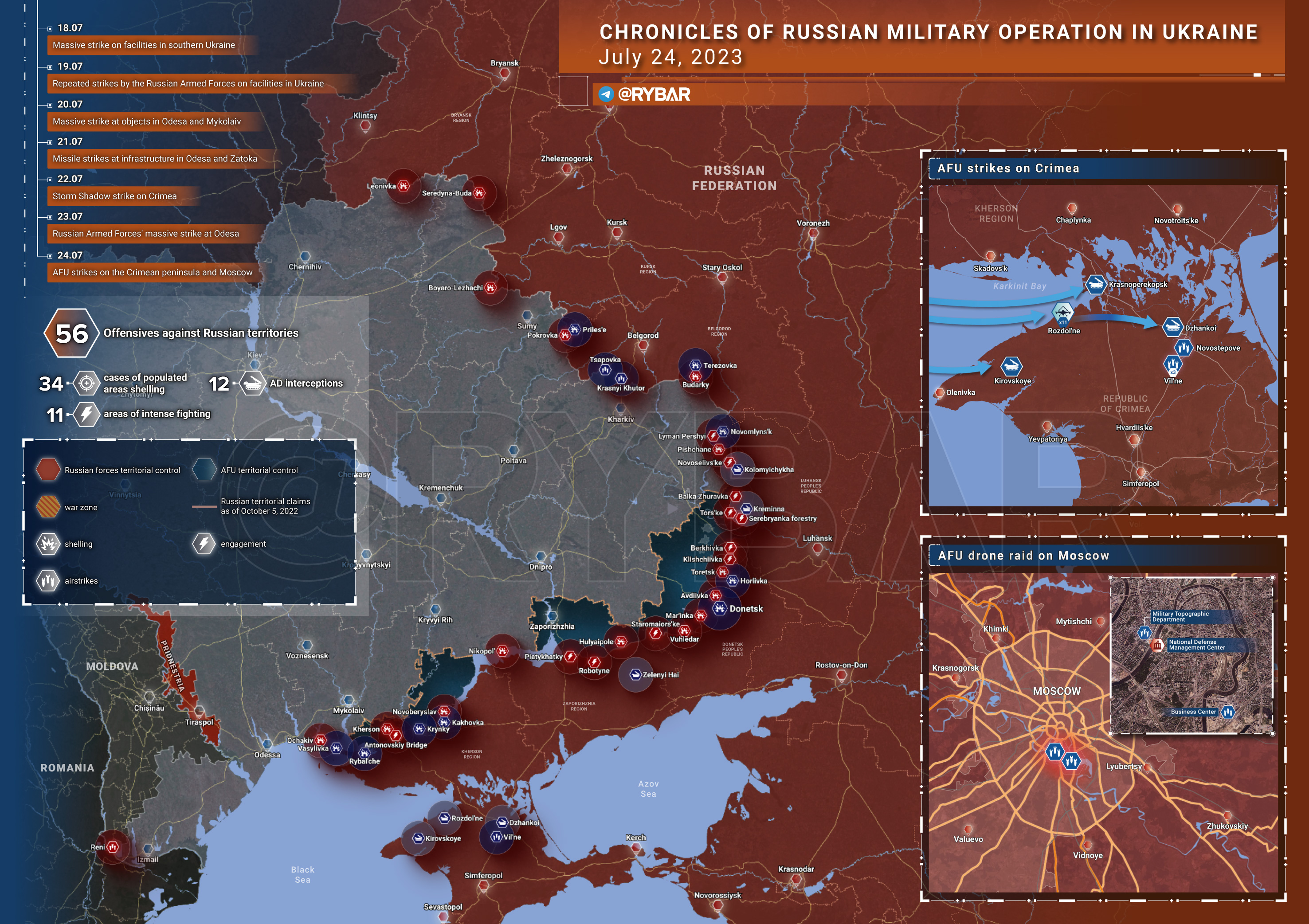
Combined attack of the Armed Forces of Ukraine on the Crimea

In the early morning, Ukrainian formations once again attacked the Crimean peninsula . At first, more than a dozen drones were shot down by air defense systems of the 31st division of the RF Armed Forces over Kirovskoye , Krasnoperekopsk , and Dzhankoy . According to the Ministry of Defense, 17 UAVs were destroyed.
This raid is quite unique in terms of route. The drones took off from the Dolgintsevo airfield near Krivoy Rog and passed along the Nikolaev region to Odessa , and from there were directed to the Crimea.
UAVs covered a considerable distance - more than 500 km. The choice of such a path indicates the development of new, more complex routes to mislead the Russian troops.
A little later, four Storm Shadow cruise missiles were fired by Su-24 aircraft of the Ukrainian Air Force: three at an ammunition depot in the vicinity of Volny and one at a repair base near Novostepnoye . Unfortunately, all four hit the mark.
Together with the attack on Saturday, as well as a few days ago on the hangar in Stary Krym (there were also Storm Shadows), the Armed Forces of Ukraine have already used British-French weapons on the Russian peninsula three times.
Ukrainian drone raid on Moscow

Early this morning, Ukrainian formations used drones for the fourth time in an attack on Moscow : Russian electronic warfare units suppressed two devices, after which they collided with two non-residential buildings.
On Likhachev Avenue, a drone crashed into a business center under construction, breaking windows on the 17th and 18th floors on an area of 50 square meters. To the south-west of the fragments, a drone fell on the roof of the Military Topographical Administration, which is part of the complex of buildings of the Khamovniki barracks on Komsomolsky Prospekt : windows were broken in several nearby buildings.
Literally 500 meters from the scene of the incident, there is a complex of buildings of the Russian Ministry of Defense on Frunzenskaya Embankment , on the basis of which the National Defense Control Center is located.
Russian drone strikes on the port infrastructure of Reni
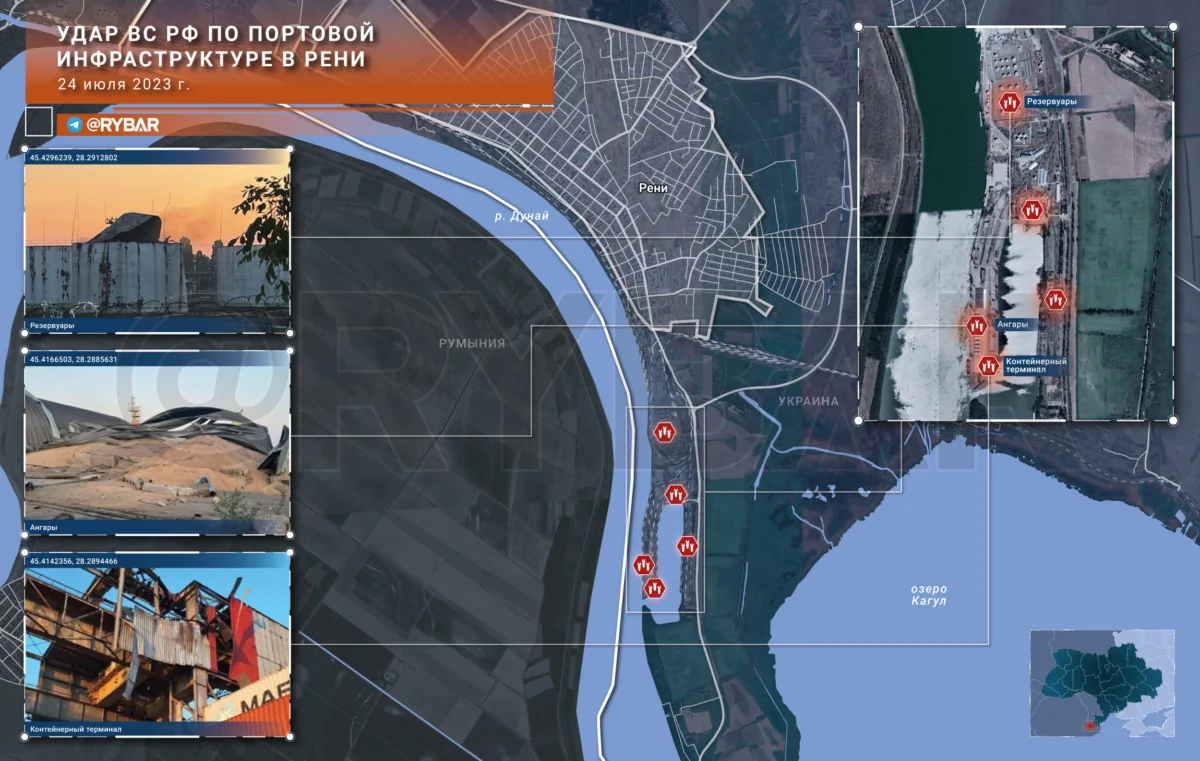
Russian troops continue to strike at the infrastructure of the Odessa region : today, the Danube transport terminal in the city of Reni came under fire, among other things . The port of the settlement was actively used to supply the Armed Forces of Ukraine with weapons and equipment, and also served as a channel for the export of Ukrainian grain and other products.
Ukrainian authorities reported damage to grain sheds and cargo storage tanks, as well as a major fire in one of the technical rooms. In addition, information was published about the attack of Russian drones on targets in the port city of Izmail, but local residents do not confirm it.
In addition to attacking Ukraine's port infrastructure in the Danube basin, these types of attacks should continue, but they should be carefully thought out, and not on the principle of "hit for the sake of hitting." At the same time, the systematic destruction of objects is necessary not so much to level the prospects for a return to the grain deal, but to reduce the threat of attacks on the Black Sea Fleet from the mouth of the river.
The situation on the front line and the fighting
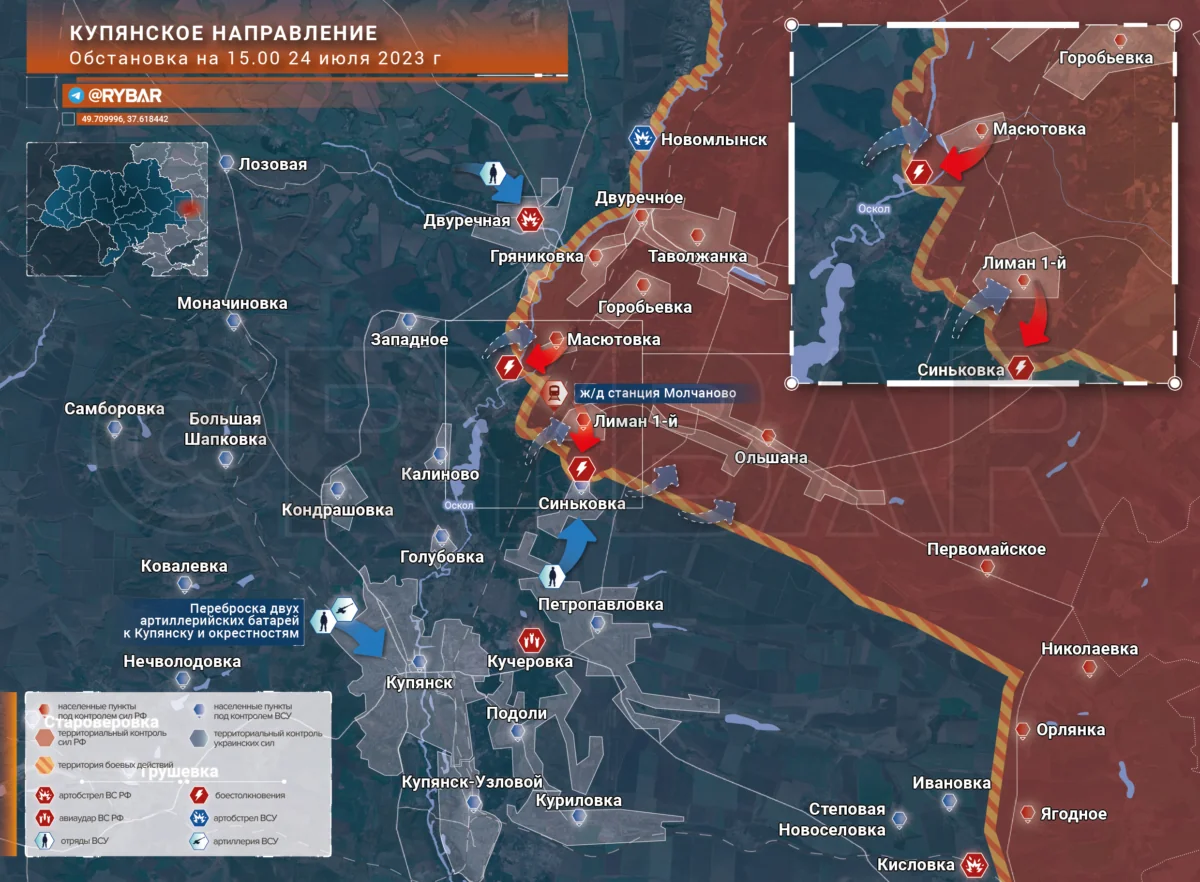
In the Kupyansky sector, Russian troops are engaged in positional battles west of Liman 1st , repulsing enemy counterattacks. After the RF Armed Forces secured themselves at the Molchanovo railway station, the Armed Forces of Ukraine withdrew to reserve positions. However, enemy activity near Kupyansk is high, which indicates preparations for an offensive. Near Sinkovka, units of the 13th battalion of the 95th airborne infantry brigade of Ukraine, deployed to help the 20th rifle battalion, were noted. In the vicinity of Kupyansk and nearby settlements, two artillery batteries were moved, probably to support assault infantry groups. Also, reinforcements from the 3rd brigade of the Armed Forces of Ukraine arrived in Dvurechnaya .

For the past two days, reports have been circulating in the Svatovsky sector about the advance of Russian troops in the direction of Novoegorovka . Different channels report varying degrees of success in this area, but so far there has been no confirmation of this. We urge colleagues not to run ahead of the locomotive so that the situation does not repeat itself, as was the case with Novoselovsky , who, despite statements, is still in the gray zone.
A little to the south, fighters of the 21st brigade of the RF Armed Forces continue to repel attacks on a ledge west of Karmazinovka . The Armed Forces of Ukraine, as well as in other areas, are trying to attack in small groups on light armored vehicles, but the Russian military personnel are holding a foothold on the ledge. In the direction of Krasnopopovka, formations of the 21st brigade of the Armed Forces of Ukraine are trying to dislodge Russian troops from strongholds near Balka Zhuravka . Two tanks were moved into the area to support the offensive.
At the Torsky ledge, after several attacks by Russian reconnaissance groups, Ukrainian formations strengthened the defense. And for conducting counter-battery combat, 105-mm M119 guns were moved to Torskoye . To the south, in Serebryansky forestry, Russian consolidated units repulsed several enemy attacks. Judging by the movements of the Armed Forces of Ukraine, in the near future the onslaught on the outskirts of the village of Dibrova will increase. However, for the time being, the fighters of the RF Armed Forces are storming the strongholds of the Armed Forces of Ukraine, expanding the zone of control in the forests in the direction of Kremennaya and trying to level the front line.
Today it became known about the death of Colonel Yevgeny Vashunin , commander of the "Leningrad Regiment". Having advanced with his detachment to release the surrounded Storm Z detachment, the officer was wounded, but remained in battle to the last, posthumously presented to the title of Hero of Russia.
In addition, footage of the defeat of the Swedish CV-90 infantry fighting vehicle appeared today. This is the first accurately confirmed case of the destruction of this type of equipment. In total, 50 such armored vehicles are on the balance sheet of the Armed Forces of Ukraine.
On the Soledar direction, near Kleshcheevka , heavy fighting continues for every meter of the settlement, Russian forces were able to hit the stronghold of the Armed Forces of Ukraine, eliminating up to a platoon of enemy infantry. At the same time, the enemy suffers heavy losses in manpower and equipment, moving through mined fields and targeted areas.
Positional clashes continue in the Avdeevsky and Maryinsky sectors . Both sides are engaged in artillery duels, unmanned aircraft and FPV drones are actively working.
In the Vremievsky sector, Ukrainian formations continue to attempt to storm the Russian positions near Staromayorsky and Urozhainy . In addition, fighting continues in the Grusheva beam area .
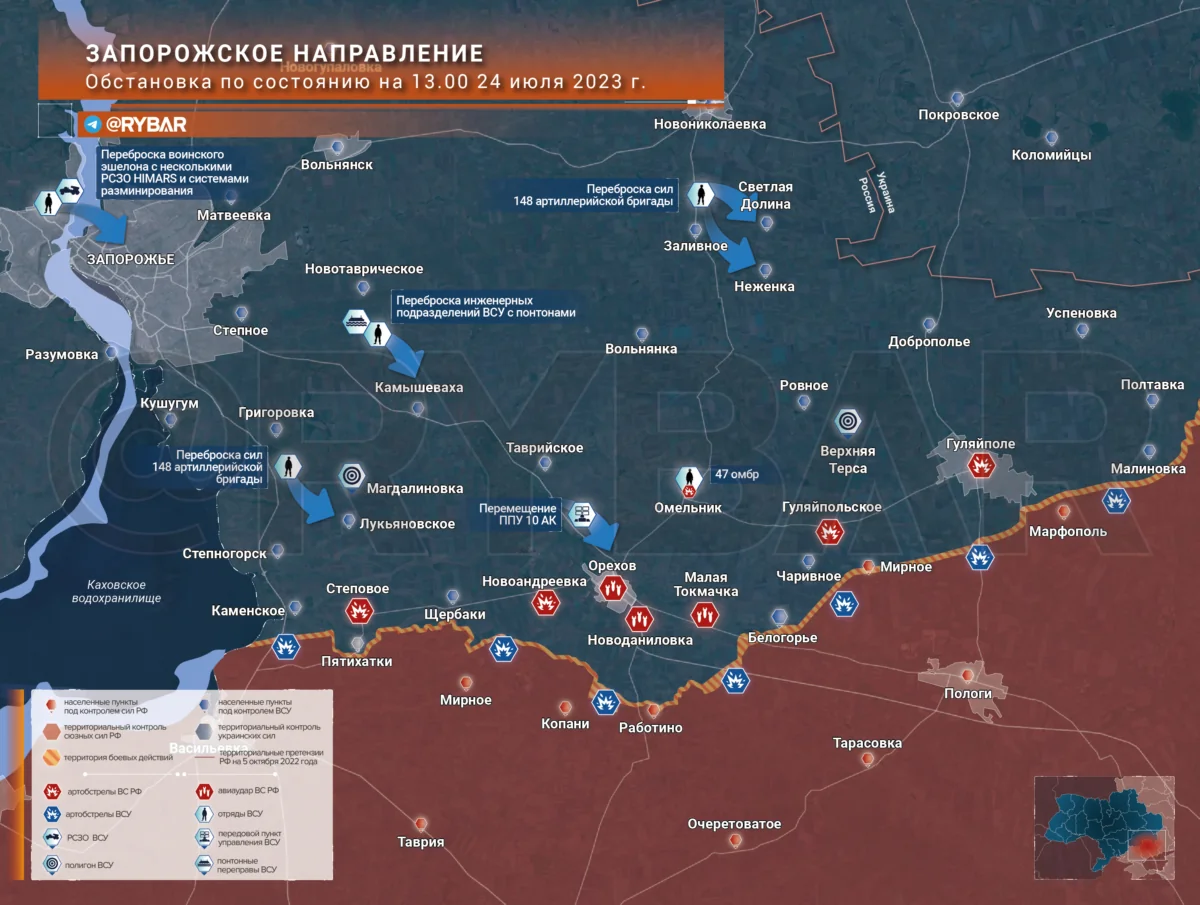
In the Zaporizhzhia direction, the Ukrainian command, after seemingly meaningless “meat assaults”, achieved an important goal before the offensive: to tie up the advanced units of the RF Armed Forces in close combat, forcing them to spend shells and ammunition on small infantry groups. The intensification of counter-battery combat pursues the goal of gaining superiority in the means of destruction on the battlefield. The number of strikes with precision-guided munitions has increased dramatically, including with the use of the HIMARS MLRS.
Along with this, the Armed Forces of Ukraine are reinforcing the grouping: forces of the 148th artillery brigade of the Armed Forces of Ukraine, on the balance sheet of which are 35 cannon and rocket artillery, have been transferred to Lukyanovsky , Svetlaya Dolina and Nezhenka . Also, engineering formations with Western-made pontoon-bridge stackers, demining systems and construction equipment arrived at Kamyshevakha . And in Zaporozhye today, July 24, the arrival of a military echelon with mobilized people is expected. Also, additional HIMARS MLRS launchers have been allocated to the Zaporozhye direction.

In the Kherson direction in the morning, Ukrainian DRGs in three boats again tried to land on Antonovsky Island , moving from the Koshevoy River, but were discovered by Russian fighters. As a result of heavy shelling from the MLRS, one boat with six people on board was destroyed, and the other two returned back to Kherson without reaching their destination.
There are no significant changes in other areas. The Armed Forces of Ukraine increased the intensity of fire on Russian positions. If literally a week ago there were 25-30 attacks on average, now the number has exceeded 40-45. Moreover, for strikes, they use both cannon and rocket artillery, and MLRS, and mortars, as well as copters with FOG. Guidance is provided by the Bayraktar UAV and counter-battery radar.
Shelling of rear territories and residential areas
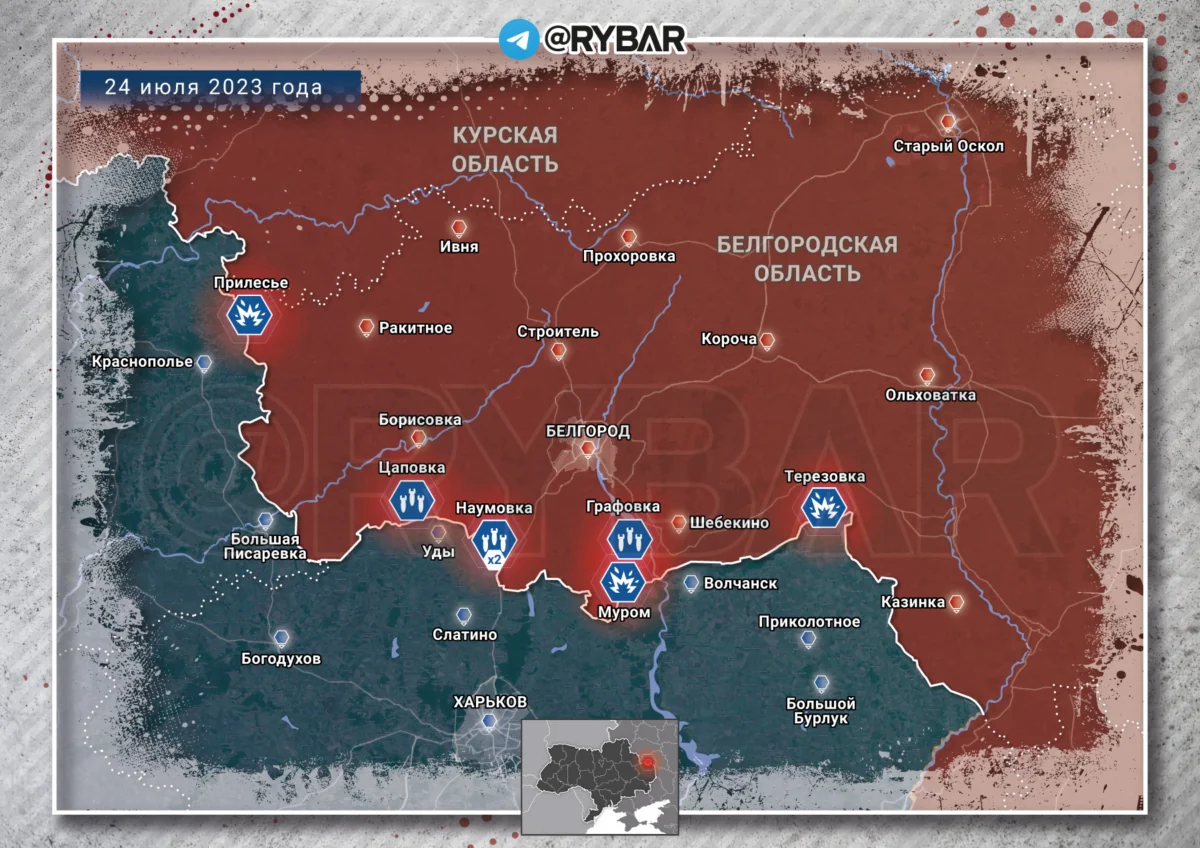
Ukrainian formations throughout the day inflict massive strikes on the Belgorod region. Four drones attacked Grafovka , Naumovka , Tsapovka and Krasny Khutor . Luckily no one was hurt and there was no damage. Later, the enemy launched artillery strikes on Murom , Prilesie , and Terezovka : there were no reports of casualties or damage.

The Armed Forces of Ukraine continue to destroy civilian infrastructure and terrorize the civilian population of the Donetsk agglomeration . In the capital of the DPR, nine residential buildings in the Kirovsky , Kievsky , Petrovsky and Kuibyshevsky districts were damaged by strikes, two people were injured as a result of shelling, and another was injured as a result of the explosion of the prohibited anti-personnel mine "Petal".
Damage to a residential area and power lines was also recorded in Yasinovataya and Gorlovka , an outpatient clinic and a kindergarten were damaged in Makiivka , and one man was injured in Staromlynovka as a result of a mine explosion. In just a day, the enemy fired at least 40 times on the territory of the republic, firing more than 150 shells from rocket and cannon artillery.
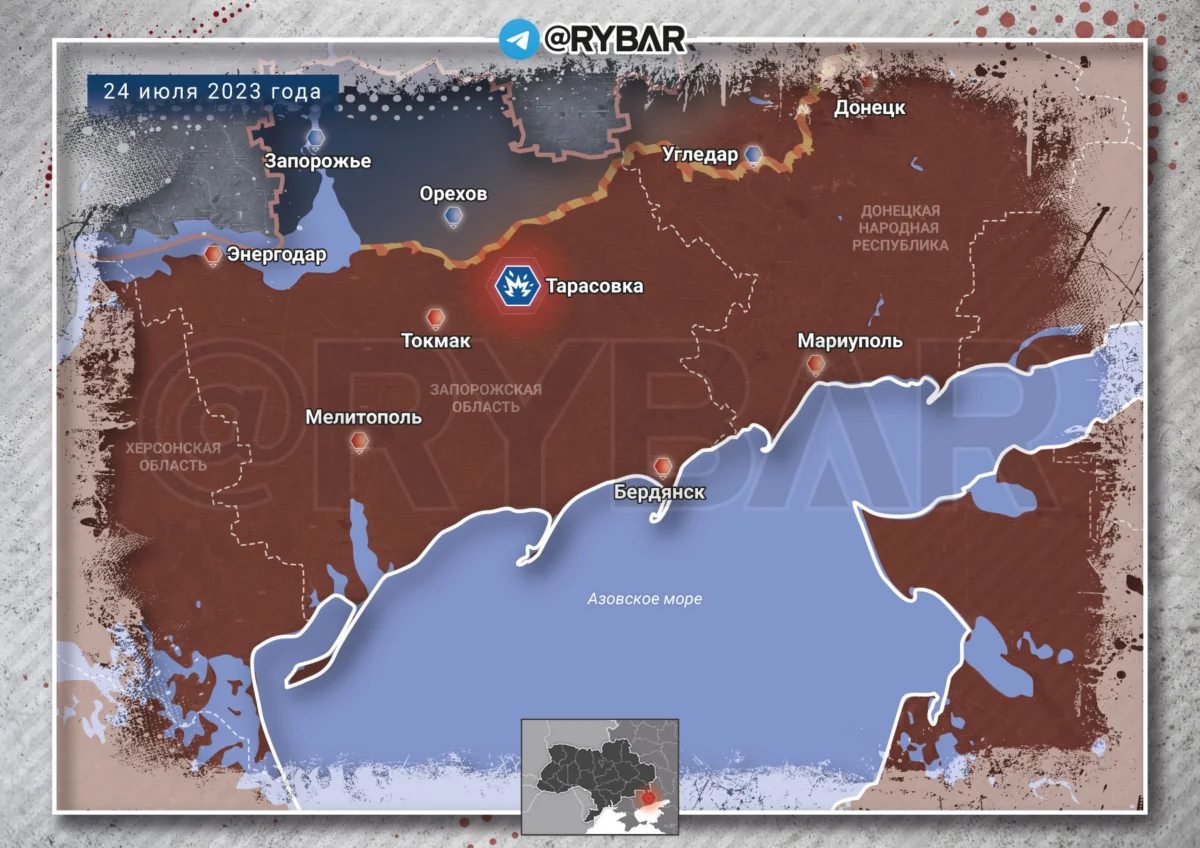
The enemy continues to inflict massive strikes on the front-line settlements of the Zaporozhye region . This afternoon, the village of Tarasovka , Pologovsky district, came under rocket fire : two residential buildings were damaged, one woman’s arm was torn off — she is receiving all the necessary medical care.
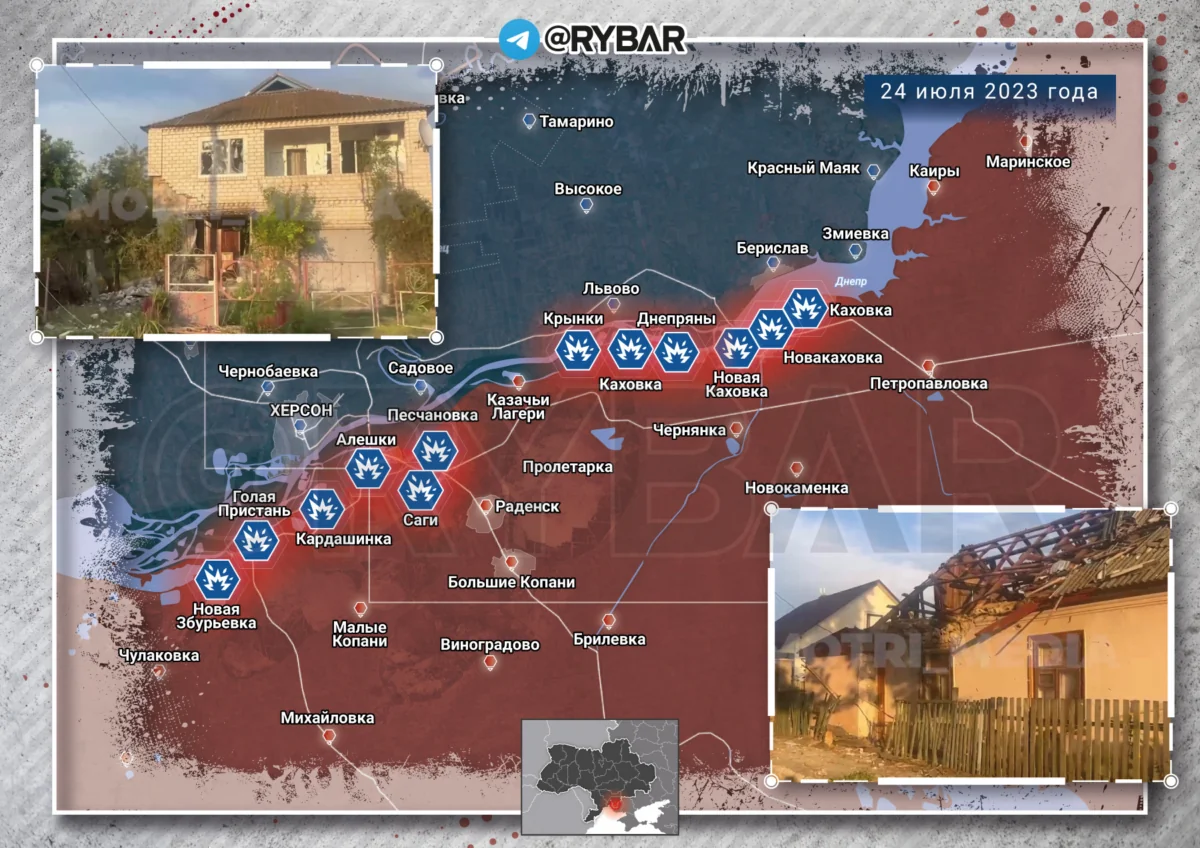
Ukrainian formations continue to shell the settlements of the Kherson region , releasing several dozens of ammunition daily along the left bank of the Dnieper.
Today, the city of Alyoshki came under massive fire : residential buildings were damaged, one person died, another was seriously injured. After the ambulance arrived at the scene, the enemy struck again, and the paramedic was injured.
In addition to Aleshki, at least 11 settlements also came under fire, including Novaya Kakhovka . Vasylivka , Dnipriany , and Krynky . At the moment, there is no information about the presence of victims and destruction in them.
Political events
On military assistance to the Armed Forces of Ukraine
The Spanish Ministry of Defense reported on the next supply of military equipment for the needs of Ukrainian formations. Among others, the delivery package included 4 Leopard 2A4 tanks, ten TOA M-113 armored personnel carriers and Navy trucks, as well as other wheeled vehicles.
At the same time, German Defense Ministry spokesman Mitko Müller said that after two months of disagreement, the German and Polish sides agreed on the repair of Leopard 2 tanks in Poland , previously the tanks were repaired only in Germany .
https://rybar.ru/hronika-speczialnoj-vo ... 2023-goda/
Google Translator
(Other images at link.)
********
THE POLISH RESPONSE TO PUTIN’S CHALLENGE

By John Helmer, Moscow @bears_with
Russia’s warning to Poland not to send troops into the western Galician region of the Ukraine has fallen on deaf ears in Warsaw. Instead, electioneering ahead of an October national parliamentary vote has dictated different priorities for the governing party, the main opposition party, and the rising Konfederacja (“Confederation”) party.
No major politician in the country has commented. The government downplayed by summoning the Russian ambassador to the Foreign Ministry in Warsaw on Saturday to be told that Poland “strongly condemn[s] the threats and unjustified questioning of [Poland’s] borders.”
Speaking from Washington, Radoslaw Sikorski, now a Polish member of the European Parliament under financial investigation, said Putin “is clearly up to something. He’s provoking Poland. Wagner’s mercenaries are in Belarus… He’s clearly preparing some kind of provocation, probably to draw Belarus into the war. I don’t expect him to attack NATO [Poland] because clearly Russia would lose… Let me be absolutely clear. Poland has zero territorial designs on anybody. This is just looking for some kind of provocation. Mr Putin’s war is not doing well. Umm, yee, perhaps he’s trying to scare us into, errr, us self-deterring so to speak.”
To capture or hold the votes of Poles already concerned at the impact on the country of unrestricted Ukrainian and muslim refugees, and the losses to farmers of dumping of Ukrainian grain exports, Putin’s warning is not triggering public debate, or exposing significant differences between the government and the opposition parties.
Independent Polish political analyst Stanislas Balcerac comments “there’s not much coverage, Poland is more concerned about Wagner in Belarus. There are other topics – the election campaign, toxic waste fire in Zielona Gora. Confederation may be stealing some of the younger voters from the PiS [Law and Justice, the government party], but it is unclear how the PiS wants to deal with it between now and the election date.”
On Friday morning, speaking at a session of the Security Council, Putin spoke publicly of “plans to establish some sort of the so-called Polish-Lithuanian-Ukrainian unit. This is not about a group of [Polish] mercenaries – there are plenty of them there [Ukraine] and they are being destroyed – but about a well-organised, equipped regular military unit to be used for operations in Ukraine, including to allegedly ensure the security of today’s Western Ukraine – actually, to call things by their true name, for the subsequent occupation of these territories. The outlook is clear: in the event Polish forces enter, say, Lvov or other Ukrainian territories, they will stay there, and they will stay there for good.”
He warned that President Vladimir Zelensky’s regime in Kiev may be contemplating a trade with Poland of the territory around Lvov in exchange for Polish military intervention to support Kiev against Russia: “Today we see that the regime in Kiev is ready to go to any length to save its treacherous hide and to prolong its existence. They do not care for the people of Ukraine or Ukrainian sovereignty or national interests. They are ready to sell anything, including people and land, just like their ideological forefathers led by Petlyura, who signed the so-called secret conventions with Poland in 1920 under which they ceded Galicia and Western Volhynia to Poland in return for military support. Traitors like them are ready now to open the gate to their foreign handlers and to sell Ukraine again.”
“As for the Polish leaders, they probably hope to form a coalition under the NATO umbrella in order to directly intervene in the conflict in Ukraine and to bite off as much as possible, to ‘regain’, as they see it, their historical territories, that is, modern-day Western Ukraine. It is also common knowledge that they dream about Belarusian land.”
If that were to happen, Putin said Russia would support a Ukrainian regime replacing Zelensky and opposing the Poles. “The Polish authorities, who are nurturing their revanchist ambitions, hide the truth from their people. The truth is that the Ukrainian cannon fodder is no longer enough for the West. That is why it is planning to use other expendables – Poles, Lithuanians and everyone else they do not care about. I can tell you that this is an extremely dangerous game, and the authors of such plans should think about the consequences.”
Read analysis of the new Russian position here. https://johnhelmer.net/the-nato-general ... more-88392

Source: https://twitter.com/

Russian Ambassador to Poland Sergei Andreyev in Warsaw following the brief official meeting at the Foreign Ministry on July 22.
The Polish state media have ignored Putin’s historical precedents and the deal-making underway between the Ukrainian military command and its Polish counterpart. The Polish commercial network TVN24, which is owned by the US media corporation Warner Bros. Discovery, broadcast a discussion with a think-tank academic and a retired military intelligence colonel.
“‘The Russians are trying to drive a wedge between Poland and Ukraine,’ Agnieszka Legucka, an analyst for Russia at the Polish Institute of International Affairs, said in the Fakty po Faktach [Facts after Facts] programme. ‘Putin has recently been portraying himself as such an expert in history. Anyway, in 2019 he launched attacks on Poland, in particular when it comes to this historical dimension. He accused us of starting World War II,’ she said. ‘And Poland now, especially when it supports Ukraine so much both militarily and humanely, has become one of the countries that is attacked by the Russian authorities directly, including Vladimir Putin and Dmitri Medvedev.’ According to the expert, the Russians ‘are trying to drive a wedge between Poland and Ukraine. And the issue of the alleged separation of Ukraine and even Belarus is very eagerly raised by both Russian and Belarusian propaganda,’ she added.”

Left, Warsaw think-tanker Agnieszka Legucka; right, retired Polish military counterintelligence deputy chief, Colonel Maciej Matysiak.
The television broadcast also played down the threat of a Russian-backed attack on Polish territory across the Belarus border; this has been more widely reported in the Polish press than Putin’s speech.
“Reserve Colonel Maciej Matysiak, a former deputy head of the Military Counterintelligence Service, referred to the statement of the former head of the National Security Bureau Stanisław Koziej, who stated that the defence plans adopted at the NATO summit in Vilnius ‘adapt the concept of forward defence to the needs of the Second Cold War with Russia.’ ‘It can be described as the doctrine of pre-emptive defence. Its political trademark is its willingness to defend every inch of allied territory,’ he wrote. The guest of TVN24 was asked what exactly this means and whether, for example, we grant ourselves the right to hit the Wagnerites in Belarus right next to our border, before they hit us.”
“‘Strategically, of course, such thinking is the most expedient. But if we look at the current situation, absolutely not’, replied Colonel Matysiak. ‘Here the situation would have to become very aggravated, inflamed and we would have to see symptoms of preparing a real strike on the territory of Polish or the eastern flank of NATO. But such symptoms are not visible, and the presence of Wagnerites is nothing special,’ he said. The expert reminded that ‘there are many more soldiers in the Königsberg [Kaliningrad] region and these forces have much greater potential, and were even greater until the Russians withdrew some of them exactly because of the invasion of Ukraine. So at present this is a purely theoretical consideration in terms of strategic plans, not current activities. So here I would like [everyone] to absolutely calm down.”
In Polish election politics Sikorski is attempting to do the opposite. He is one of the most anti-Russian politicians in the country, but investigations of his finances, favour-seeking and trading, and other problems have marginalised him in his own party, Civic Platform (PO); follow the archive of Sikorski’s fall from power and influence here.
Aggressiveness against Russia is one of the diversionary tactics Sikorski has been using to recover the domestic voter support he has lost. But his line is more appealing to the war party in Washington, which in turn has been supporting the opposition against the governing party in the coming election. Sikorski is now proposing that NATO open a new war front in the Black Sea, in effect breaking the Montreux Convention restrictions on foreign warships entering the sea.
“What we should be thinking about is, uhh, creating an international coalition to create a naval exclusion zone in the Black Sea to get all the grain to the Middle East and Africa. That is what this is really about… NATO is not fighting Russia. We have even asked the Ukrainians not to attack Russia itself.”

Source: https://mediaview.aljazeera.com/
Sikorski’s appearance in this television clip reveals clinically excessive eye blinking which may indicate a neurological or chemical disorder. This in turn may explain the contradiction between his advocating NATO escalation of naval war and the claim that NATO is not at war with Russia.
https://johnhelmer.net/the-polish-respo ... more-88404
*******
The coming Russian -Polish war
July 23, 2023
This evening’s News of the Week program on Russian state television opened with a 30 minute documentary survey of Polish-Russian relations from the end of WWI and during the period of the Russian Civil War, when the government under Marshall Pilsudski wrested substantial territory from Russian control. It also dealt extensively with Poland’s well documented role as aggressor and occupier of Czechoslovak, Lithuanian, Ukrainian and Belarus lands from before the start of WWII and until Hitler overran Poland.
This reportage was all built around Vladimir Putin’s speech to the RF Security Council on Friday which was partly broadcast then. Excerpts from that speech were used to introduce or segments of the overall documentary.
Let us recall that on Friday, Putin explained how and why we may expect the formal entry into the war of a Polish-Lithuanian-Ukrainian joint military force that will officially be presented as defending Ukrainian statehood by occupying the Western Ukraine. However, Putin described this as an occupying force which once installed in Lvov and Western Ukraine would never leave. This would in effect be a repeat of the sell-out of Ukrainian interests to Poles and cession of territory to Poland such as had been perpetrated by their leader Semyon Petlyura in April 1920 and has now been repeated in the secret agreements between presidents Zelensky of Ukraine and Duda of Poland.
However, that was not the only pending Polish aggression announced by Vladimir Putin on Friday. He said that Poland also had designs on Belarus land. The documentary this evening fleshed out that remark and reminded us of what Belarus territory Poland had grabbed by force in the 20th century when it had the opportunity. It also pointed a finger at those Belarus fighters abroad who will be used by Poland to spearhead their move against Minsk from Polish territory, and what armaments they are receiving from the United States and NATO member countries.
With respect to Polish designs on Ukraine, Putin did not tip his hand on what Russia’s response may be. But as regards Belarus, he stated directly on Friday that any act of aggression against Belarus will be considered an attack on Russia and Russia will respond with all the military force at its disposal. He warned Warsaw to consider the consequences of their actions.
Putin’s speech on Friday appeared to be directed at Warsaw. The program this evening was clearly directed at the broad Russian public, to prepare them for the onset of a possible Russian-Polish war in the immediate future.
This point was highlighted by the ongoing visit of Belarus president Lukashenko to Petersburg. There has been pomp and ceremony in this visit. Both presidents today visited Kronstadt, touring its principal church, which is the spiritual home of the Russian Navy. They also visited the about to be opened new museum of the Russian Navy, and its featured exhibit, which is Russia’s first nuclear submarine, the country’s answer to the American Nautilus at the time. And they held talks on the military and political threats their countries face. These talks unexpectedly will continue in the Konstantinovsky Palace outside Petersburg tomorrow. The reason for extensive consultations was clear from remarks that Lukashenko made to the press during his meeting with Putin: namely that Belarus military intelligence has been following very closely the massive build-up of Polish forces including tanks, helicopters and other heavy military equipment close to the Belarus border at several locations.
Tonight’s News of the Week program explained to the Russian public that the Poles’ new aggressive plans are proceeding only because of their confidence that Uncle Sam supports them. And they named the person embodying this link as former Foreign Minister of Poland Radoslaw Sikorsky (2014-15), who is today a Member of the European Parliament and delegate responsible for relations with the United States. A photo of Sikorski’s latest meetings with Pentagon officials and with Joe Biden and his advisers was put on the screen. For those who may wonder about Sikorsky’s political views, it pays to remember that he is the husband of neo-con, Russia-hating journalist Anne Applebaum, who is very well known to American audiences for her regular columns in The Washington Post.
From Russian talk shows of the past several days, it is easy to understand the Kremlin’s reading of the present proxy war in and around Ukraine: Washington sees that the Ukrainian counter-offensive is a complete failure that has cost tens of thousands of lives among the Ukrainian armed forces and has seen the destruction of a large part of the Western equipment delivered to Ukraine over the past months. Instead of suing for peace, Washington seeks to open a ‘second front,’ using Poland for this purpose.
One possible Russian response to any move against Belarus has also been discussed on air: to seize the Suwalki corridor that connects Kaliningrad to Belarus across Polish territory.. Taking control of that corridor would have the effect of isolating the Baltic States from Poland and thereby put their security at peril.
The inescapable conclusion from the latest news is that Washington’s incendiary policies and continuing escalation of the conflict cannot secure Russia’s defeat. On the contrary, they may well lead to the total collapse of the NATO alliance once its military value is disproven in a way that cannot be talked away or papered over by the most creative propagandists in DC.
©Gilbert Doctorow, 2023
https://gilbertdoctorow.com/2023/07/23/ ... olish-war/
*******
Russia Thwarts Ukrainian Drone Attacks
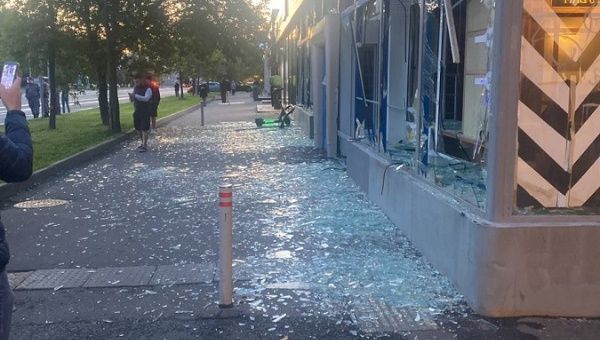
Consequences of the drone attack, Moscow, Russia, July 24, 2023. | Photo: Twitter/ @SpriterTeam
Published 24 July 2023
The Foreign Affairs Ministry Spokesperson Maria Zakharova described the drone attack against Moscow as an act of international terrorism.
On Monday, the Russian Defense Ministry confirmed that electronic warfare teams managed to thwart a new Ukrainian drone attack on Moscow, although two drones managed to hit two non-residential buildings.
One of the Ukrainian drones crashed in the vicinity of the Ministry of Defense and another hit a business center near one of the main avenues of the capital city, the TASS agency reported.
"There is no significant damage or injuries. All emergency services are working on the sites," Moscow Mayor Sergei Sobyanin said.
Minutes after the frustrated attack, the Russian Foreign Affairs Ministry Spokesperson Maria Zakharova described the drone attack against Moscow as an act of international terrorism.
In the early hours of Monday, the Russian Defense Ministry reported that its forces also destroyed 17 Ukrainian drones that were aimed at the Dzhankoi region of Crimea.
Fourteen of those drones were suppressed by electronic warfare, 11 crashed in the Black Sea, and 3 crashed on the peninsula. This Ukrainian terrorist attack did not leave any victims either.
Earlier, Crimean Governor Sergei Axionov said that one of the drones hit the ammunition depot in the Dzhankoi region, after which rail and highway traffic between this province and Simferopol was temporarily suspended.
https://www.telesurenglish.net/news/Rus ... -0006.html
******
Russia willing to replace Ukrainian grain shipment to Africa
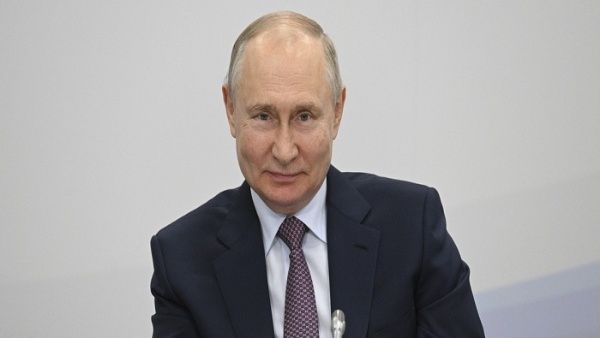
Vladimir Putin recalled that in 2022, Russia exported 11.5 million tons of cereals to Africa. | Photo: RT
Published 23 July 2023
Vladimir Putin's statement takes place on the eve of the Russia-Africa Summit scheduled for July 27 and 28 in the city of Saint Petersburg.
The President of Russia, Vladimir Putin, through a document published in the Kremlin this Sunday, stressed that his country is willing to replace Ukrainian grain shipments for African countries, both commercially and free of charge.
“I want to give guarantees that our country is capable of replacing Ukrainian grain both commercially and free of charge, especially since we are expecting another record harvest this year,” Vladimir Putin said.
Meanwhile, the Russian president expressed that he understands the importance of uninterrupted food supply for the socio-economic development and political stability of African states.
“On this basis, we have always paid great attention to issues related to the supply of wheat, barley, maize and other crops to African countries. We have done it contractually and free of charge as humanitarian aid, including through the United Nations Food Program,” he said.
Vladimir Putin recalled that in 2022, Russia exported 11.5 million tons of cereals to Africa, and in the first half of 2023 almost 10 million more tons were delivered, "despite the sanctions imposed on our exports."
On the other hand, he criticized the "grain agreement", whose initial purpose was to guarantee world food security, reduce the threat of hunger and help the poorest countries in Africa, Asia and Latin America. In this regard, he assured that "it has been shamelessly used only for the enrichment of large American and European companies that exported and resold cereals from Ukraine."
Meanwhile, none of the provisions of the "deal" related to the exemption of Russian grain and fertilizer exports to world markets from sanctions were fulfilled.
On the eve of the Russia-Africa Summit, scheduled for July 27 and 28 in the city of Saint Petersburg, Putin stated that "we are working to prepare an impressive package of intergovernmental and interinstitutional agreements and memoranda with individual states and regional associations of the continent."
https://www.telesurtv.net/news/rusia-es ... -0027.html
Google Translator
*******
Consequences of the European economic course
July 24, 15:59
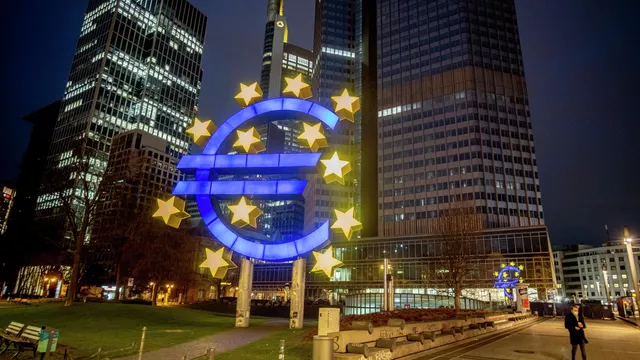
Wall Street Journal about the consequences of the EU economic policy for the general population of Europe. Washington can be pleased.
Consequences of the European economic course
Europeans are facing a new economic reality that they have not known for decades. They are getting poorer.
Europe, long envied elsewhere for the "art of living," is rapidly losing its luster as its population sees its purchasing power dwindle before our eyes.
The French eat less foie gras and drink less red wine. Spaniards save on olive oil. Finns are encouraged to visit saunas on windy days when electricity is cheaper. Across Germany, consumption of meat and milk has fallen to its lowest point in three decades, and the once-thriving organic food market has simply collapsed. Italy's economic development minister, Adolfo Urso, organized a crisis meeting in May over the cost of pasta, the country's favorite flour product, after prices rose more than twice as fast as inflation in the country.
With consumer spending "free-falling" at the beginning of the year, Europe fell into recession, reinforcing a sense of relative economic, political and military decline dating back to the turn of the century.
The current crisis in the Old Continent has been brewing for a long time. An aging population that prefers free time and job security to income levels has spawned years of sluggish economic growth and weak productivity gains. Two knockout blows followed: the COVID-19 pandemic and the protracted military conflict in Ukraine. By disrupting global supply chains and driving up energy and food prices, the crises have exacerbated the maladies of the European economy that have festered for decades.
The reaction of local governments only exacerbated the problem. To save jobs, they directed their subsidies to employers first, leaving consumers without a cash cushion when the price shock hit. Americans at the time, by contrast, benefited from cheap energy and public assistance, which was provided primarily to citizens, to support their consumer activity.
In the past, the powerful export-oriented industry of the region could have come to the rescue. But the slow recovery in China, Europe's most important market, is undermining that pillar of growth.High energy costs and runaway inflation at levels not seen since the 1970s are eroding the cost advantage of Old Continent producers in international markets and destroying once harmonious labor relations in the region. As global trade shrinks, the EU's heavy reliance on exports, which account for about 50% of eurozone GDP compared to 10% of US GDP, is becoming a weak point.
Since the end of 2019, private consumption in the 20 eurozone countries has fallen by about 1% after adjusting for inflation, according to the Organization for Economic Co-operation and Development (OECD), a Parisian club made up mostly of wealthy powers. And in the US, where households enjoy a strong labor market and rising incomes, it has increased by almost 9%. The European Union currently accounts for about 18% of all global consumer spending, compared to 28% for the Americas. Fifteen years ago, this figure in the EU and the US was almost the same, at about 25% each.
Adjusted for inflation and purchasing power, since 2019, wages in Germany have fallen by about 3%, in Italy and Spain by 3.5%, and in Greece by all 6%. According to the OECD, real wages in the United States grew by about 6% over the same period. The trouble goes deep into the middle class. Recently in Brussels, one of Europe's richest cities, teachers and nurses lined up to pick up half-price groceries from the back of a truck. The supplier, Happy Hours Market, collects near-expiration products from supermarkets and advertises them through an app. Customers can place an order in the afternoon and pick it up at a discounted price in the evening.
"Some customers say that thanks to us they can eat meat two or three times a week ," said Pierre van Hede, who distributed food packages. Karim Bouazza, a 33-year-old nurse who stocked up on half-price meat and fish for his wife and two children, complained that inflation meant "you almost necessarily have to work a second job to be able to pay for everything."
Similar services have popped up across the European region, with vendors touting them as a way to cut down on wasted food as well as save shoppers money.TooGoodToGo, a service founded in Denmark in 2015 that sells leftover food from retail stores and restaurants, now has 76 million registered users across Europe, about three times the number at the end of 2020. German start-up Sirplus, founded in 2017, offers "rescued" food, including expired products, in its online store. So is Motatos, founded in Sweden in 2014 and now present in Finland, Germany, Denmark and the UK.
Spending on high-end products literally collapsed. In 2022, Germans consumed 52 kilograms of meat per person, about 8% less than the previous year and the lowest since statistics began in 1989.While part of the phenomenon reflects public concerns about healthy eating and animal welfare, experts say the trend is fueled by high meat prices, which have increased by about 30% in recent months. According to the Federal Information Center for Agriculture, Germans are also switching from consuming more expensive meats like beef and veal to cheaper ones like poultry.
Thomas Wolff, an organic food supplier living and working near Frankfurt, said his firm's sales fell 30% last year due to soaring inflation. Wolf noted that he had 33 employees at the beginning of the pandemic to cope with high demand for expensive organic products, but he has since fired them all.
Ronja Ebeling, a 26-year-old consultant from Hamburg, said she's saving about a quarter of her income, in part because she's worried about having enough money for her retirement. She spends little on clothes and cosmetics and shares a car with her partner's father.
Weak consumer activity and pessimistic demographic prospects make Europe less attractive for large corporations, from the giant Procter & Gamble to the luxury goods empire LVMH, which are increasingly selling in North America.
"The consumer in the US is more resilient than in Europe," Unilever CFO Graeme Pitkethly said in April.
Over the past 15 years, the eurozone economy has grown by about 6% in dollar terms, compared to 82% in the US, according to the International Monetary Fund. As a result, any average EU country has become poorer in per capita income than any US state except Idaho and Mississippi. That's according to a report published this month by the European Center for International Political Economy, an independent think tank in Brussels. The report says that if the current trend continues, by 2035 the gap between US and EU per capita output will be as large as that between Japan and Ecuador today.
On the Mediterranean island of Mallorca, local businesses are lobbying for more flights to the US to expand the influx of lavish travelers, said Maria Frontera, president of the Mallorca Chamber of Commerce Tourism Commission. Americans leave an average of about 260 euros ($292) per day for hotels, compared to less than 180 euros ($202) that Europeans spend.
US-Europe Relations
"We're seeing a big shift in European behavior this year because of the economic situation the EU is facing," said Frontera, who recently traveled to Miami to learn how to better serve US customers.
Weak economic growth and rising interest rates are putting pressure on once-rich European welfare states that provide free health care and good pensions. Governments in the region are finding that the old recipes for solving economic problems are either no longer available or no longer work. 750 billion euros in subsidies, tax breaks and other forms of assistance went to consumers and businesses to offset higher energy costs. Economists say these massive budgetary outlays are now fueling inflation on their own, defeating the original purpose of the subsidies.
Public spending cuts since the global financial crisis have drained Europe's publicly funded health care systems, especially Britain's.
Vivek Trivedi, a 31-year-old anesthesiologist based in Manchester, earns around £51,000 ($67,000) a year on a 48-hour week. Inflation, which in the UK has reached about 10% or more over the past year, is eating up his entire monthly budget, he said. Trivedi said he buys groceries from discount stores and spends less on eating out. According to him, in recent months, some of his colleagues have completely turned off the heating, fearing that they will not be able to cope with sharply increased utility bills.
Noa Cohen, a 28-year-old public relations specialist from London, said she could earn four times as much in a similar position by using her US passport to cross the Atlantic. After a recent job change, her salary was increased by 10%, but the difference was completely "gobbled up" by inflation. Cohen says her friends freeze eggs because they can't afford kids anytime soon, in the hope that they'll have enough money in the future.
"It's like an eternal freeze on the standard of living," she added.
In April, Huw Pill, chief economist at the Bank of England, warned British citizens that they should face the fact that they were poorer and stop pushing for higher wages. "Yes,, he said, stating that trying to compensate for rising prices with more money would only spur inflation.
With European governments needing to ramp up defense spending and rising borrowing costs, economists expect tax hikes to increase inflationary pressures on consumers. Taxes in Europe are already high compared to other rich powers, at around 40-45% of GDP versus 27% in the US. American workers take home nearly three-quarters of their wages after paying income taxes and Social Security contributions. At the same time, the French and Germans get only half of the money earned.
The impoverishment of Europe has strengthened the ranks of the region's unions, which are attracting tens of thousands of members across the continent to their banner, offsetting a decade-long decline.
A higher level of union activism may not fill the pockets of their members. This is because they are being urged by many to prefer more free time over high wages, even in today's world where there is a severe shortage of skilled workers.
Ahead of collective bargaining this November, IG Metall, Germany's largest trade union, called for a four-day work week at current wage levels, rather than an increase in the country's metalworkers. Officials say the shorter week will improve the health and quality of life of workers while making the industry more attractive to young people.
Nearly half of Germany's healthcare workers prefer to work around 30 hours a week rather than full-time, reflecting harsh working conditions, said Frank Werneke, chairman of the Amalgamated Service Workers Union, which has gained some 110,000 new members in recent months, the biggest growth in 22 years.
Kristian Kallio, a game developer from northern Finland, recently decided to cut his work week by one-fifth to 30 hours in exchange for a 10% pay cut. Now he receives about 2.5 thousand euros a month. "Wouldn't someone like to work on a reduced schedule?" Kallio asked. According to Jaakko Kylmäoja, his boss, about a third of his colleagues have agreed to the same regimen, even though managers work full-time.
Kallio is now open from 10:00 to 16:30. He uses his free time for hobbies - cooking delicious food and long bike rides. "I'm not ready to go back to the old schedule," he said.
Igor Chaykovskiy, a 34-year-old IT worker from Paris, joined a union earlier this year to push for better conditions and pay. He recently received a 3.5% pay raise, about half the rate of inflation. He believes that the union will give workers more leverage over managers. However, it's not just about the pay. “Maybe, they tell us, you don’t have a raise, but you have free sports or music lessons,” he said.
At the Stellantis car plant in Melfi, in southern Italy, employees have been working fewer hours lately due to difficulties sourcing raw materials and high energy costs, said Marco Lomio, trade unionist for the Italian Union of Metalworkers. Recently, the working day has been reduced by about 30%, but wages have also fallen proportionately.
High inflation and rising energy costs, Lomio said, make it difficult for workers to bear all the costs for a family.
(c) Tom Fairless
https://inosmi.ru/20230723/es-264501068.html - zinc
https://www.wsj.com/articles/europeans- ... y-255eb629 - original in English
https://colonelcassad.livejournal.com/8516403.html
Google Translator
.Yeah, redundant translation...but I'll be damned if I click on WSWS, even if they occasionally produce something free of their contagion. Wonder if Boris realizes they're a bunch of Trotskyists?

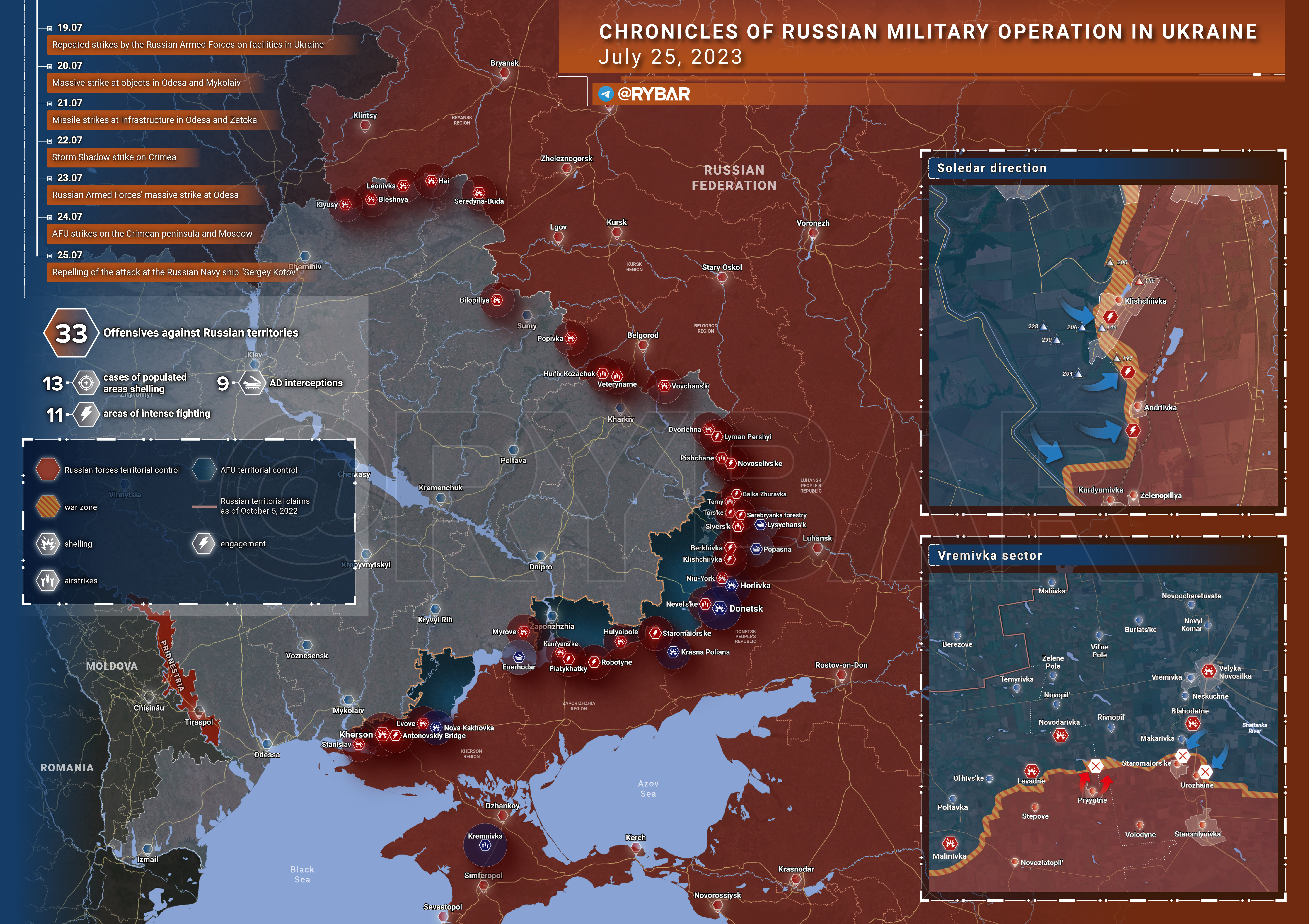
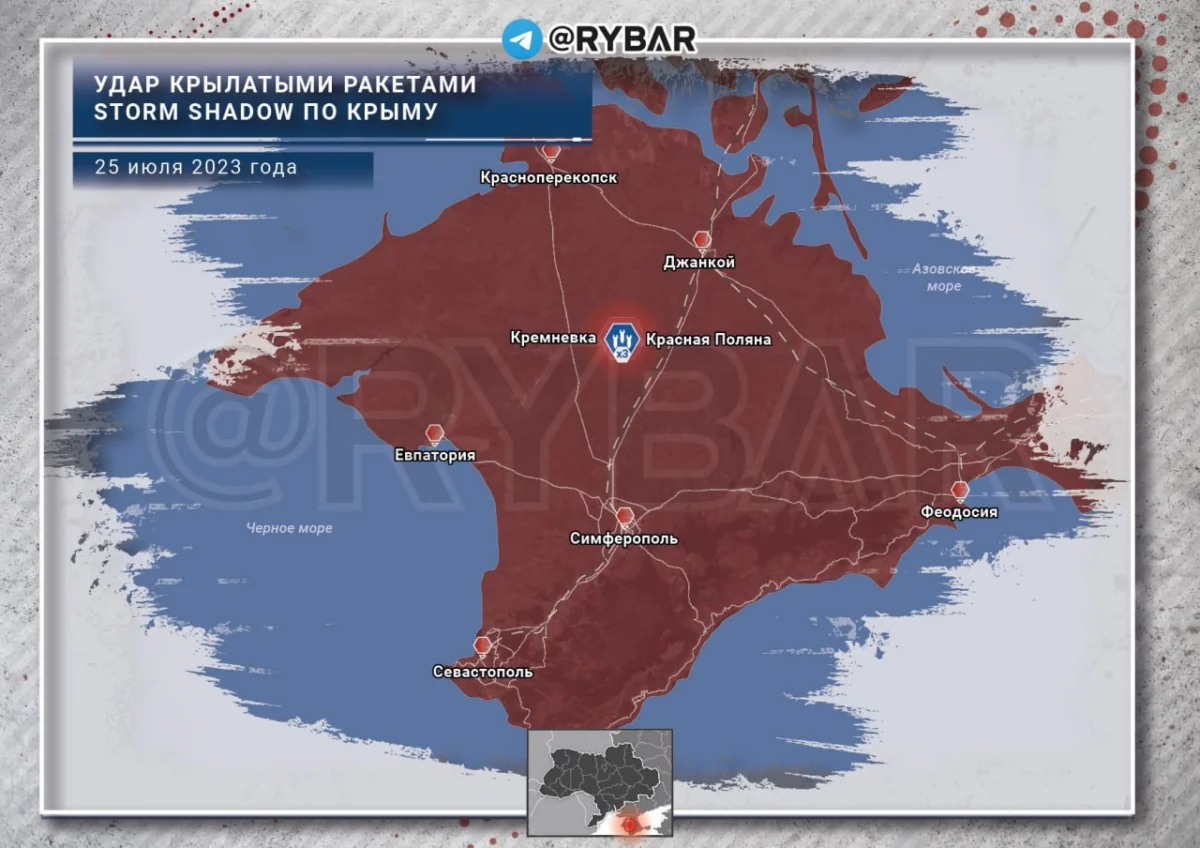
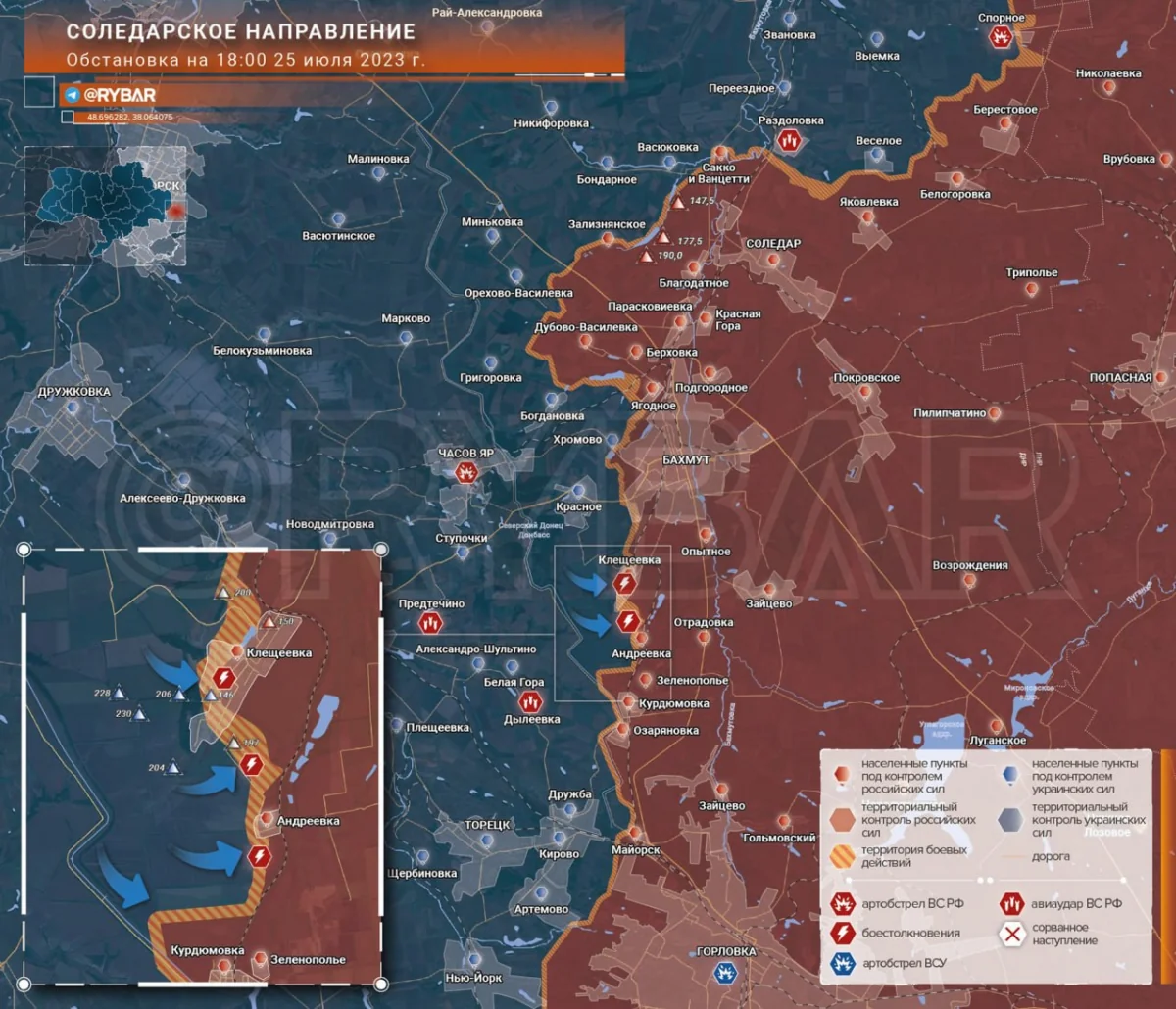



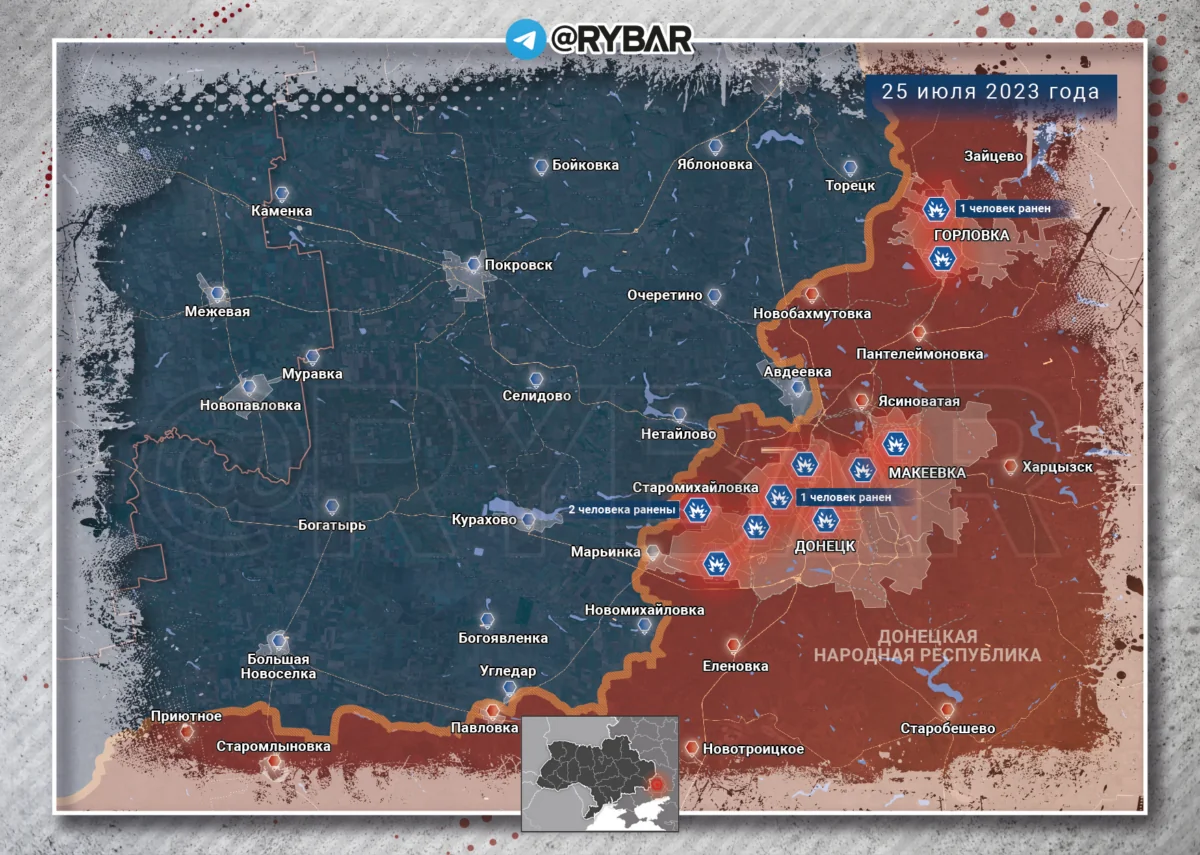
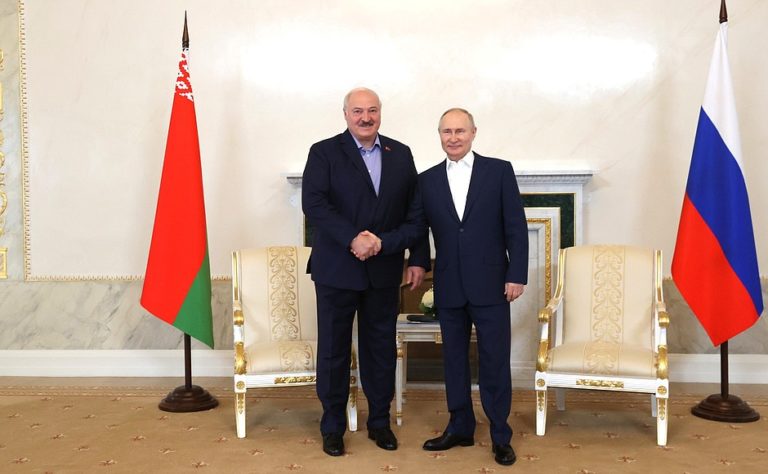


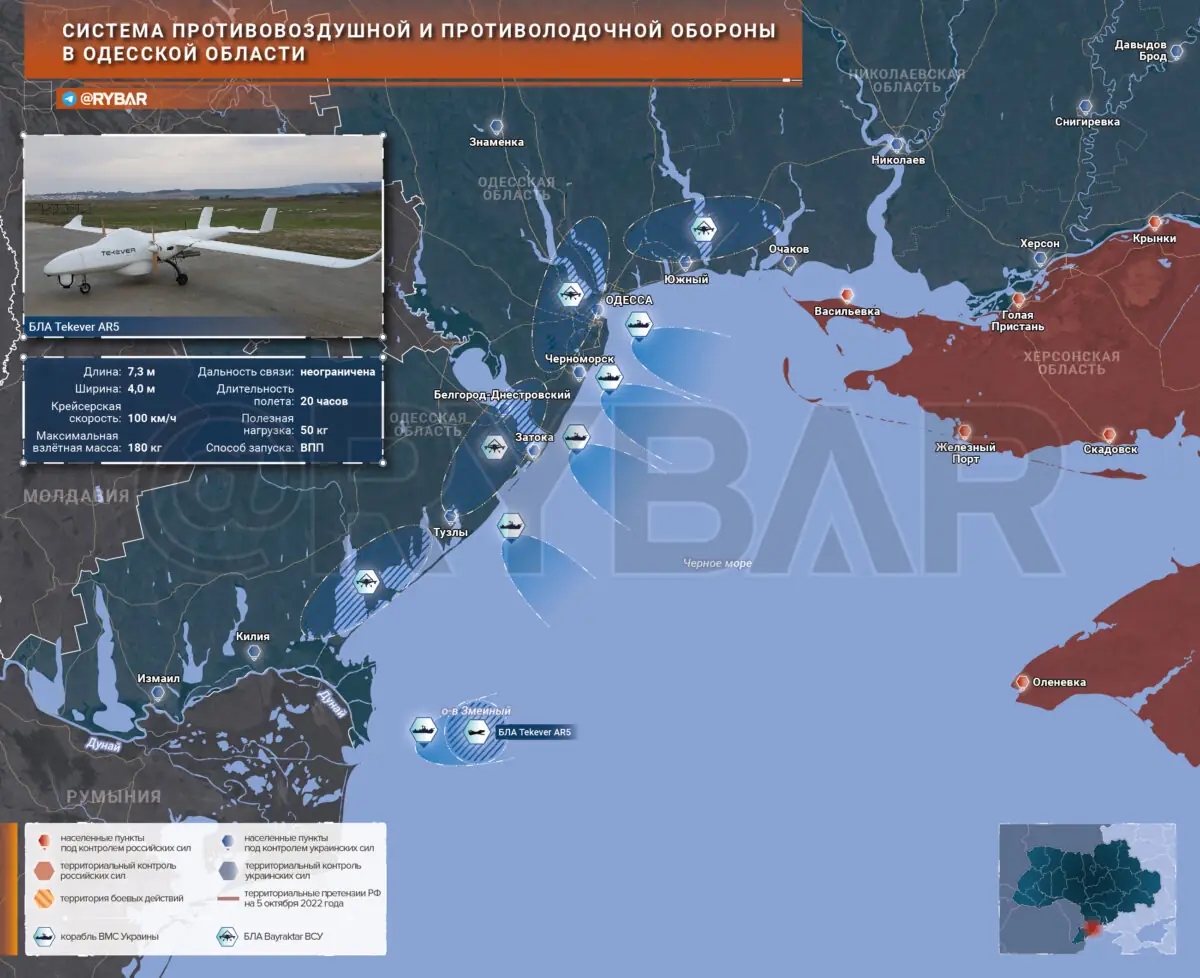

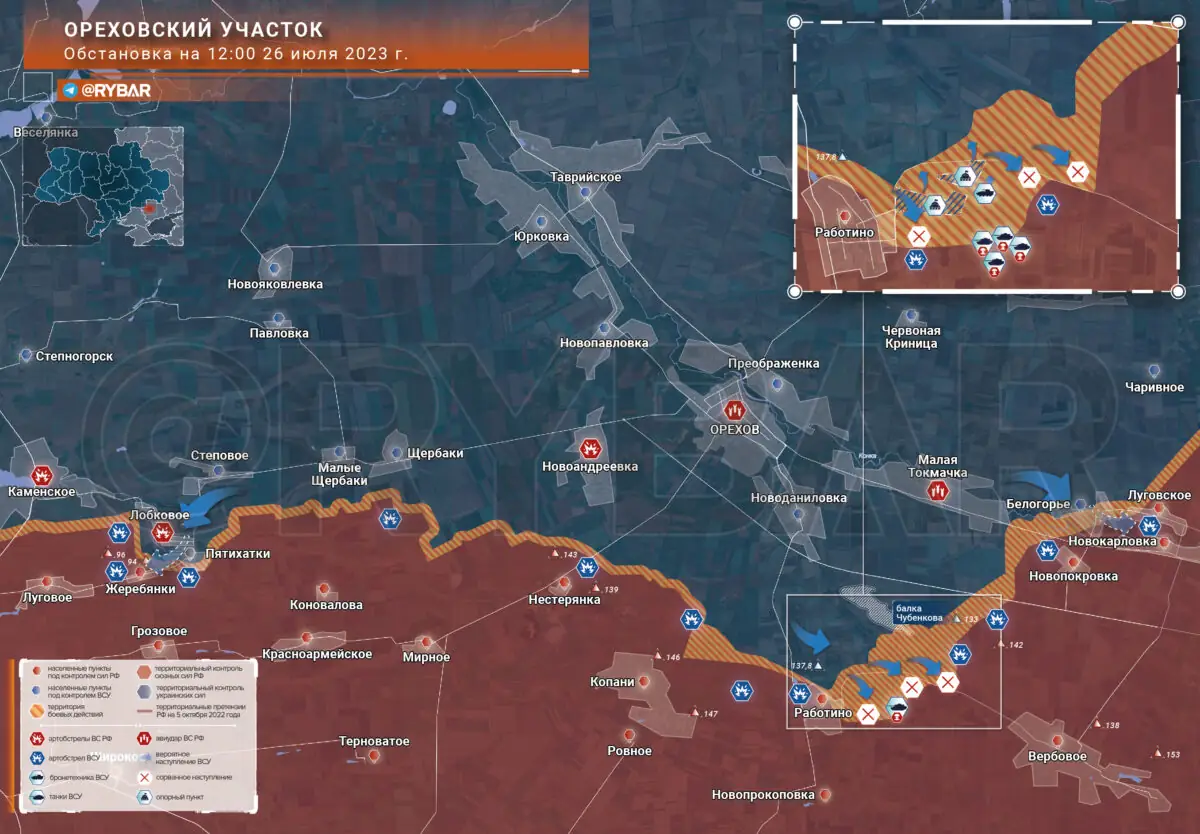
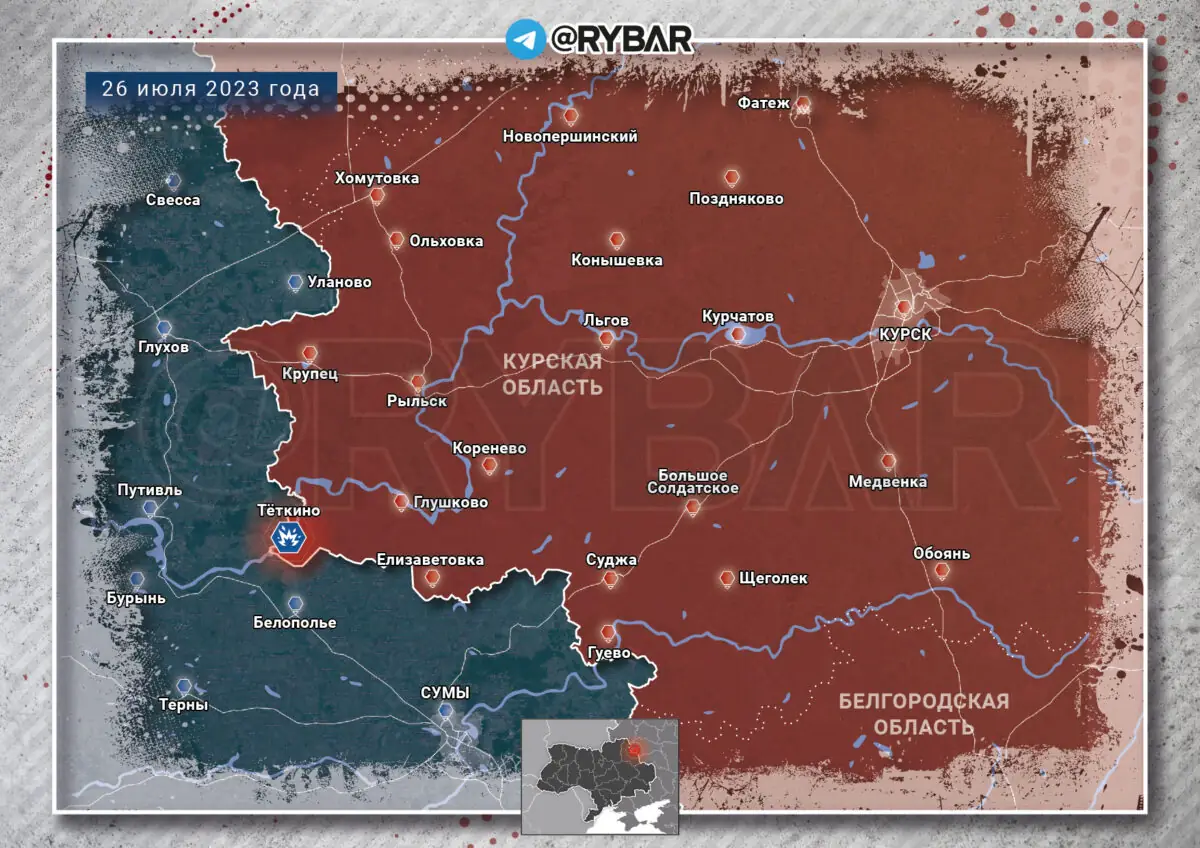


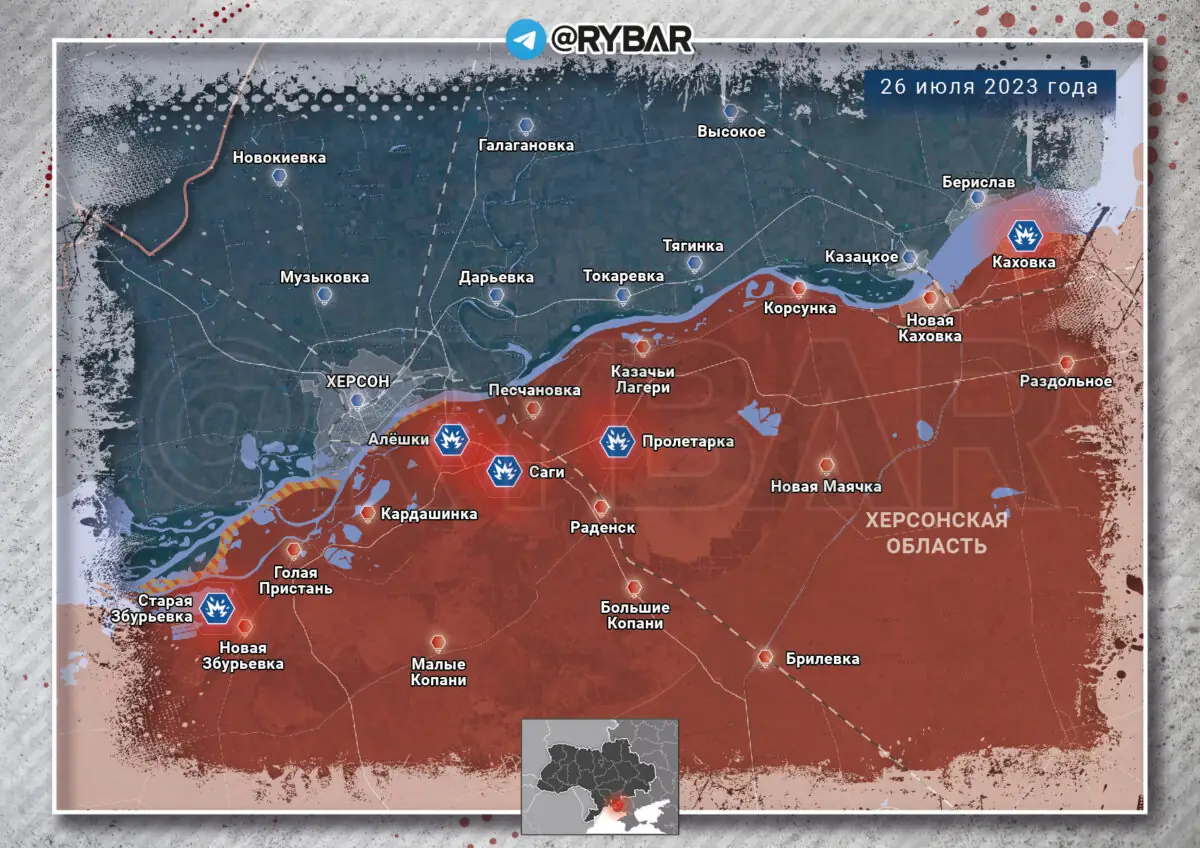

 [
[









